California Grows More of These Crops Than Any Other State
You know California grows and produces a lot of food – but did you know that the Golden State leads the nation in dozens of crops and commodities?
Around here, we pay a lot of attention to where our food comes from. That is because California farmers feed the nation. If you’re cruising the produce aisle of your favorite local grocer, there’s a good chance that many of the fruits, vegetables and nuts you see were grown right here in the Golden State!
In fact, California leads the nation in the growth and production of many different crops – and some are grown ONLY in California*. Let’s take a look.
*This means that according to CDFA statistics, California grows 99% of the commercially produced crop in the United States.
Almonds*
Like many of the crops on this list, almonds are finicky. They require mild, wet winters and hot, dry summers – and the Golden State fits the bill. California is one of only five places outside the Mediterranean region where almonds thrive.

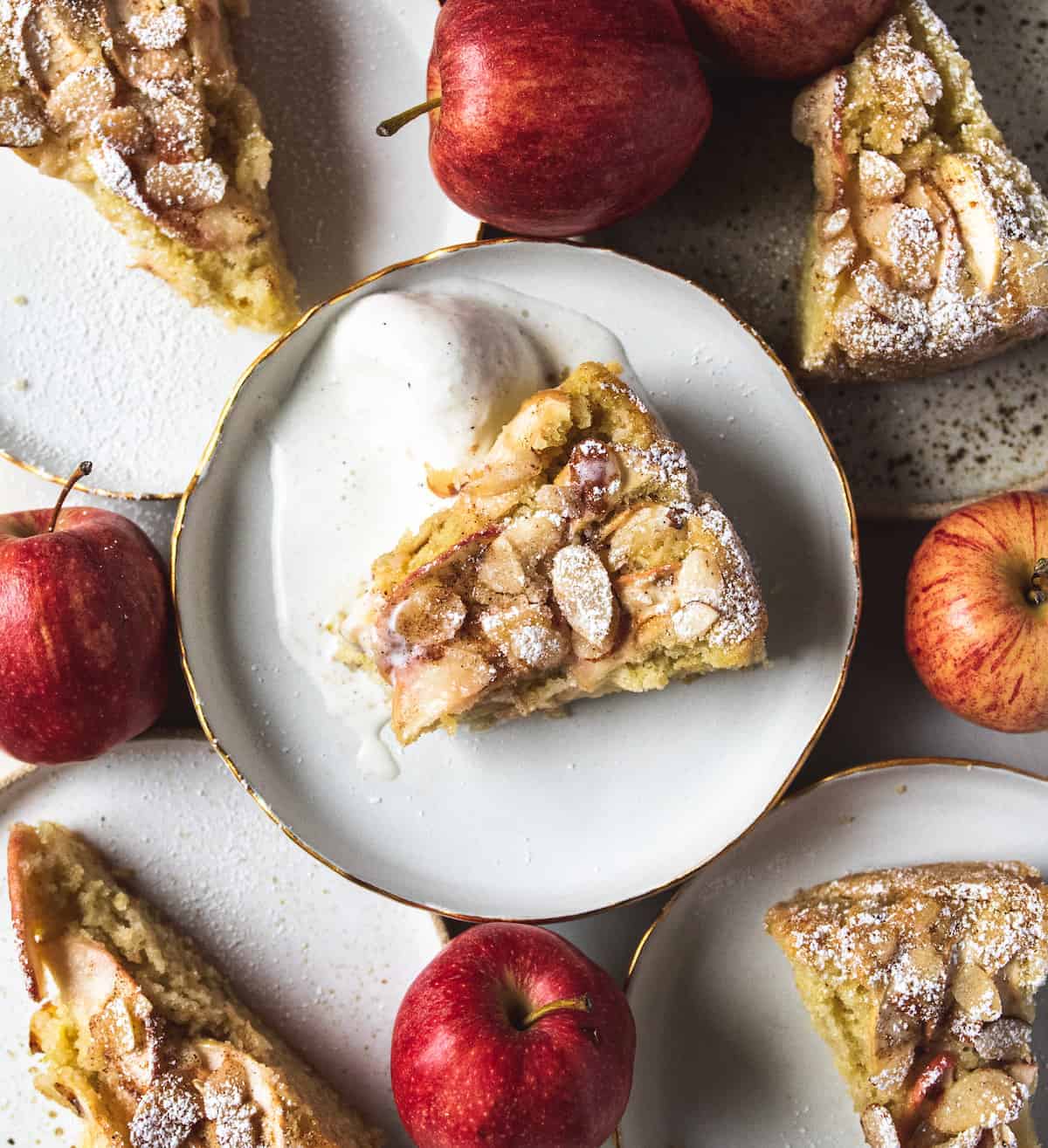
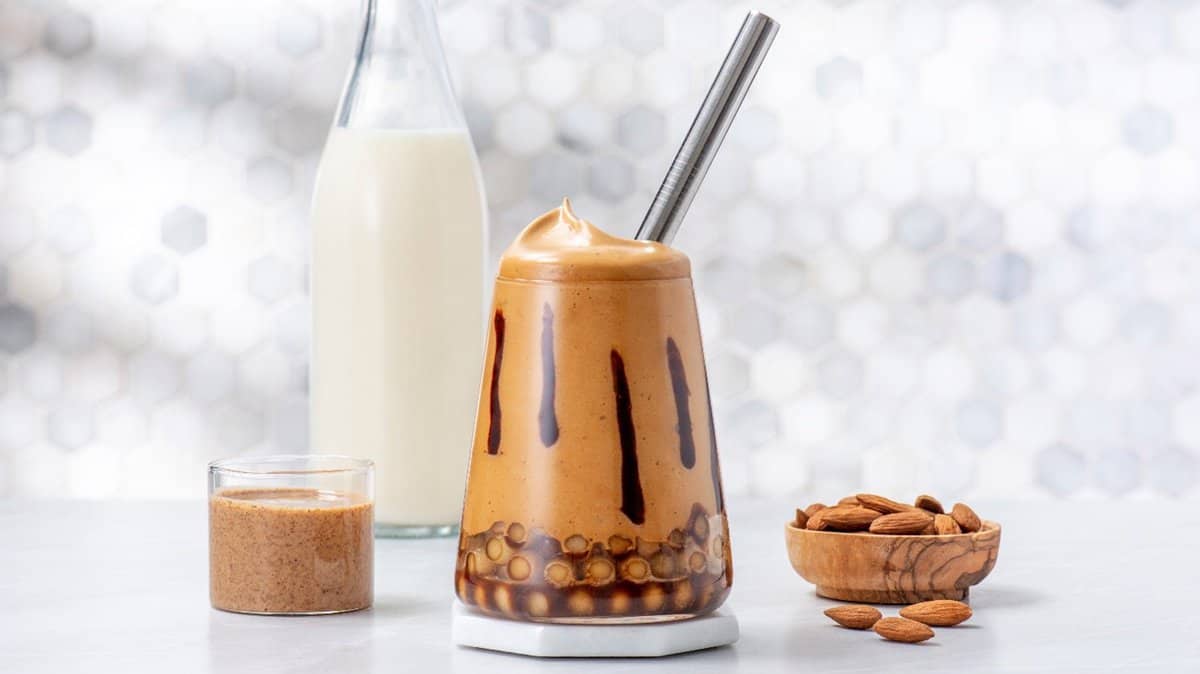
Apricots
Over 95% of the Nation’s apricots grow in the Golden State – specifically in the San Joaquin Valley. Whether you choose to enjoy them fresh or dried, California apricots are always a treat!

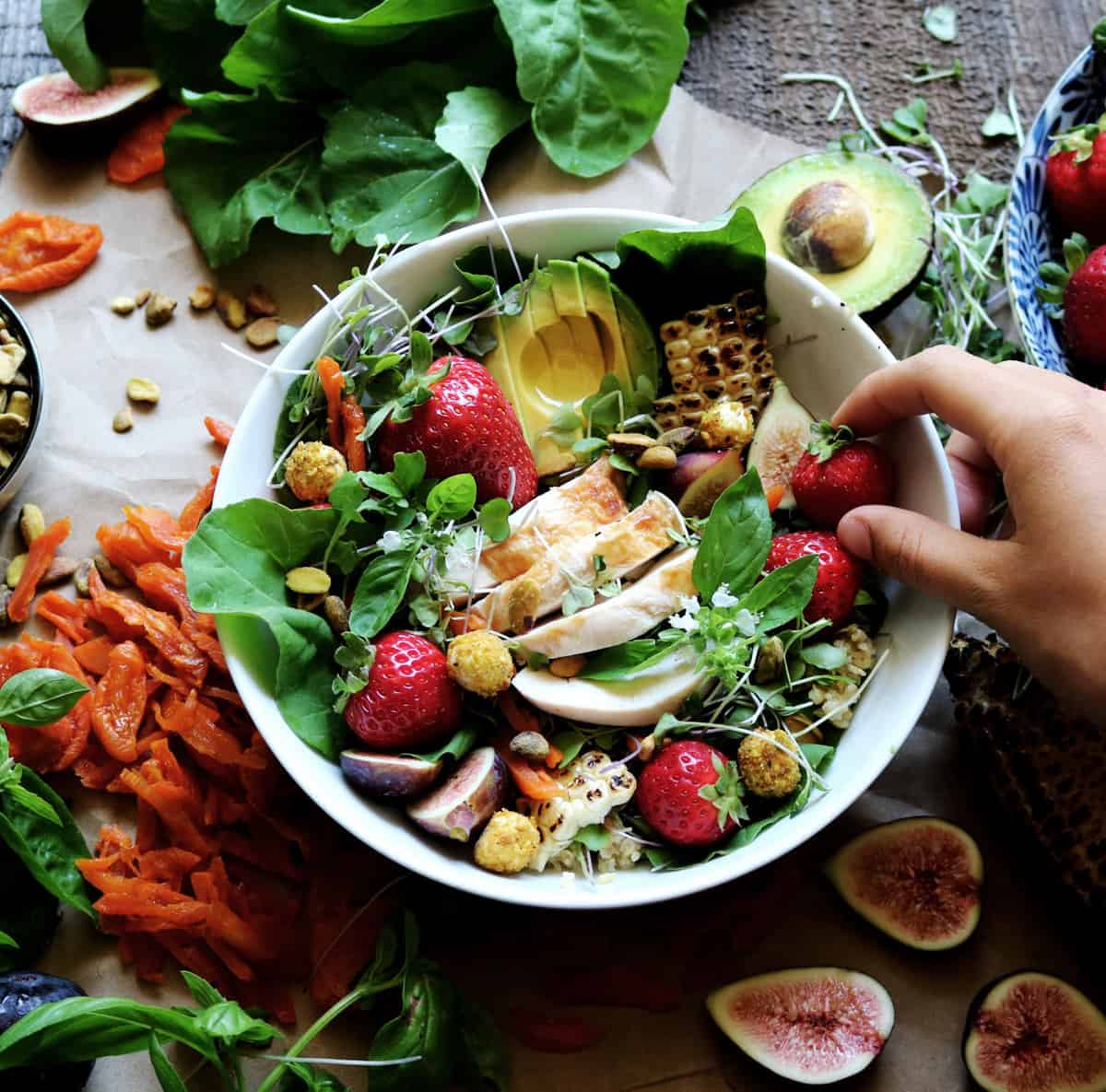

Artichokes
Artichokes are in season year-round in California – which is a good thing because they have some seriously fanatical fans. Folks go crazy for them whether they’re steamed, stuffed, or even baked into cakes!
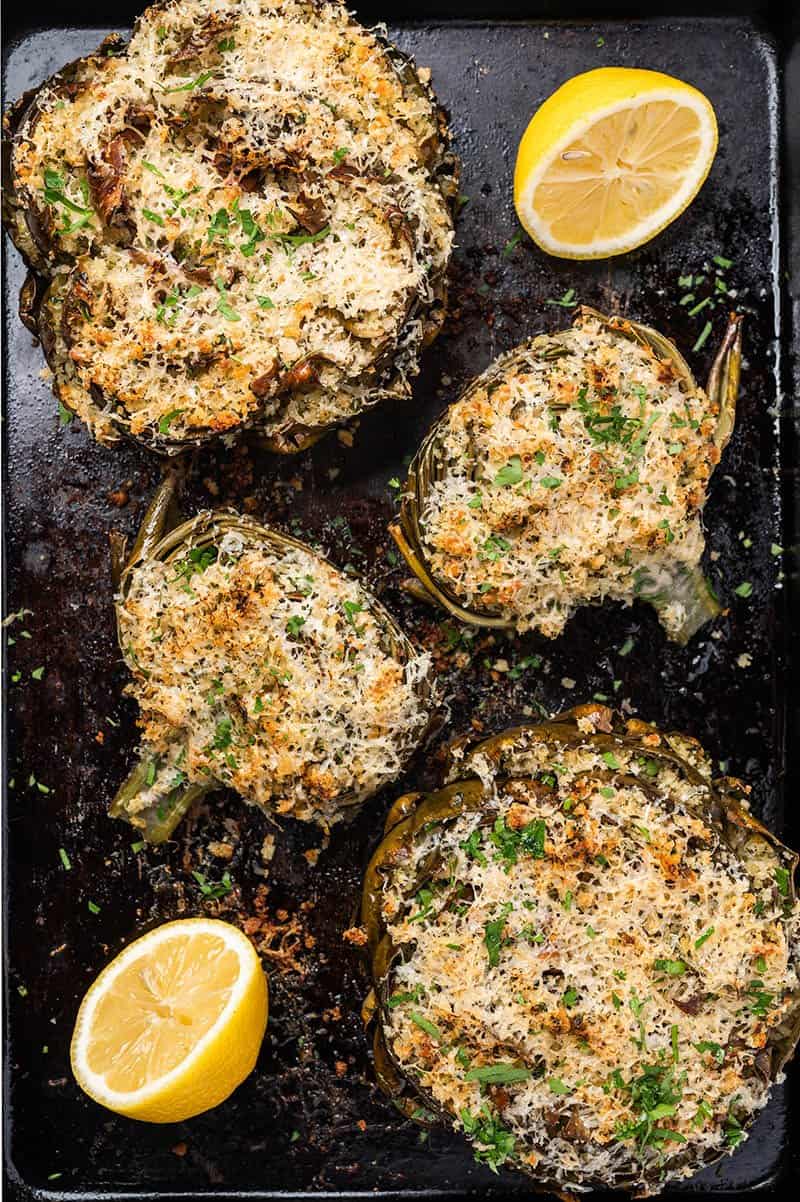
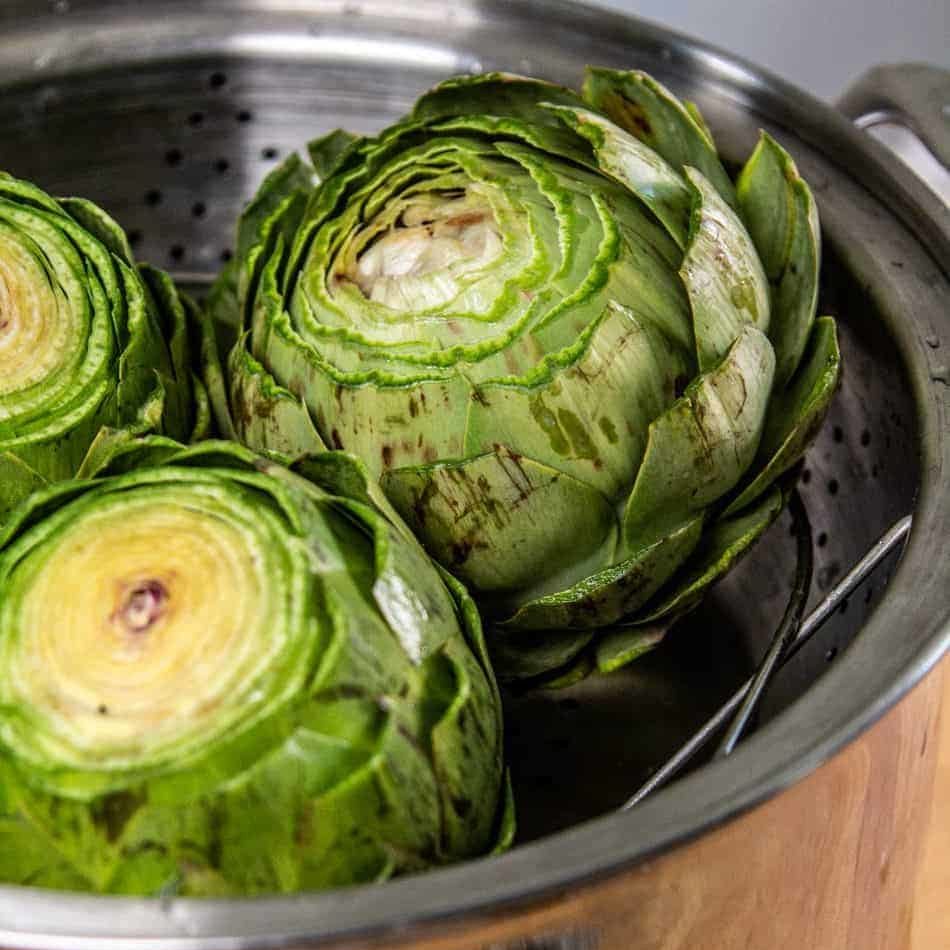

Asparagus
There are two important reasons to support Golden State asparagus farmers. One: California farmers adhere to the highest food safety standards in the world. If you want the safest food possible, look for the CA GROWN label. Two: asparagus becomes starchy after harvest. Since asparagus can become starchy quickly, look for locally grown and harvested asparagus. Pro-tip- farmers’ markets are where it’s at….literally.

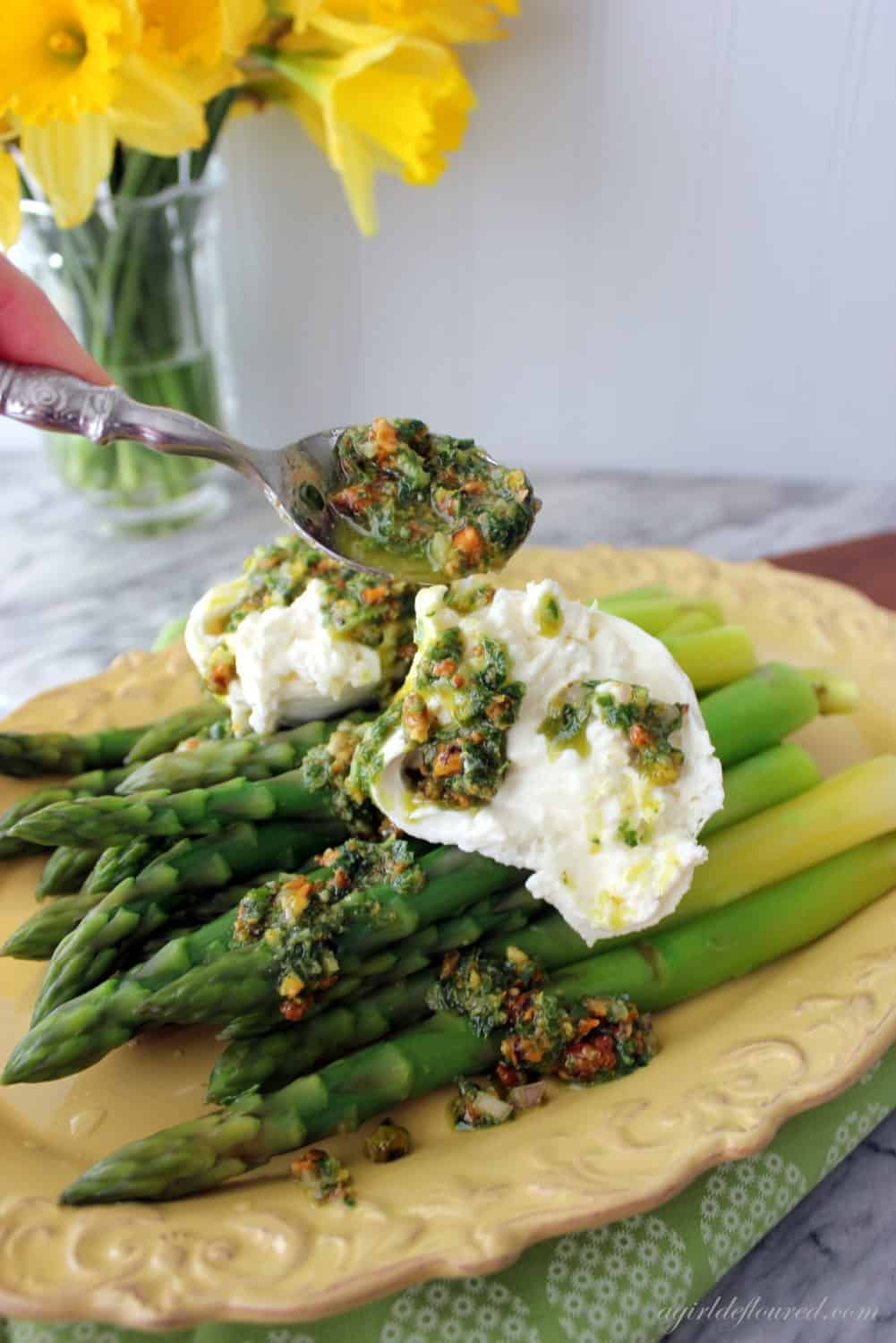
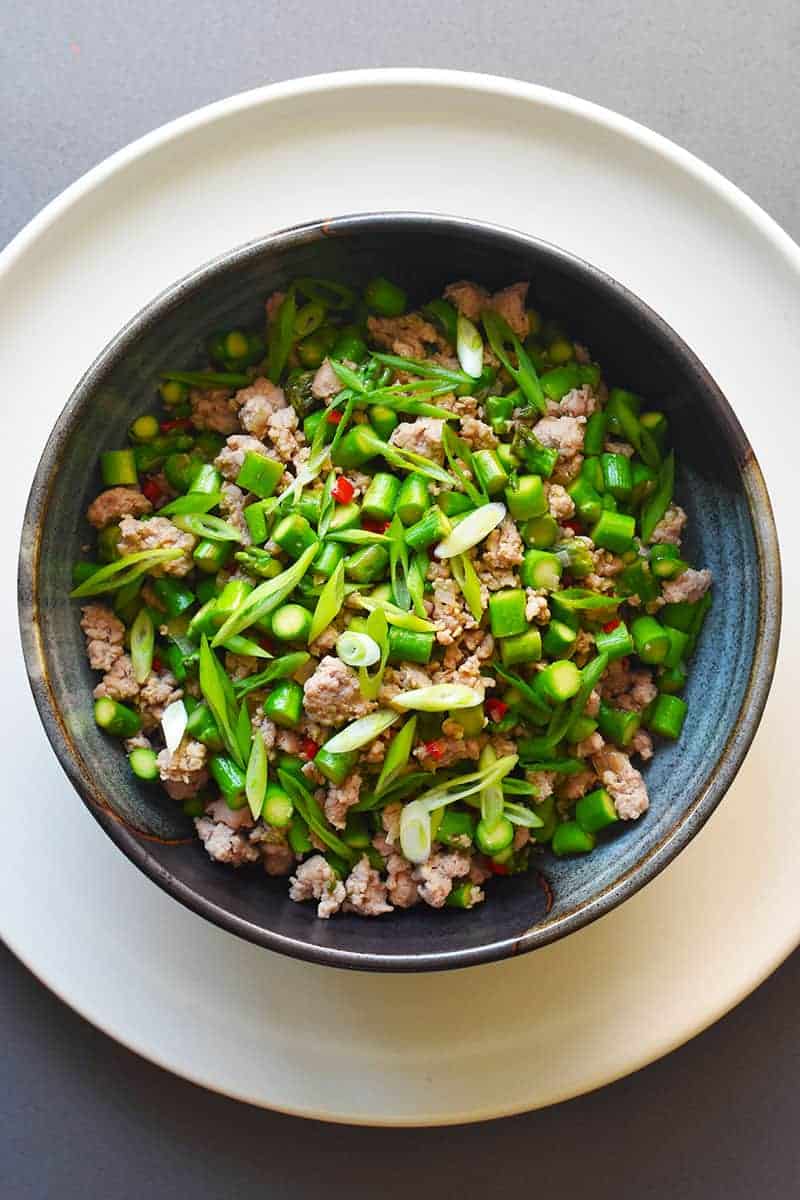
Avocados
California Avocados have a bit of a cult following. Don’t believe us? There are over 13 million uses of #avocado on Instagram…and that’s not even counting other related hashtags. The superfood sensation is synonymous with California cuisine and a favorite of health nuts everywhere.


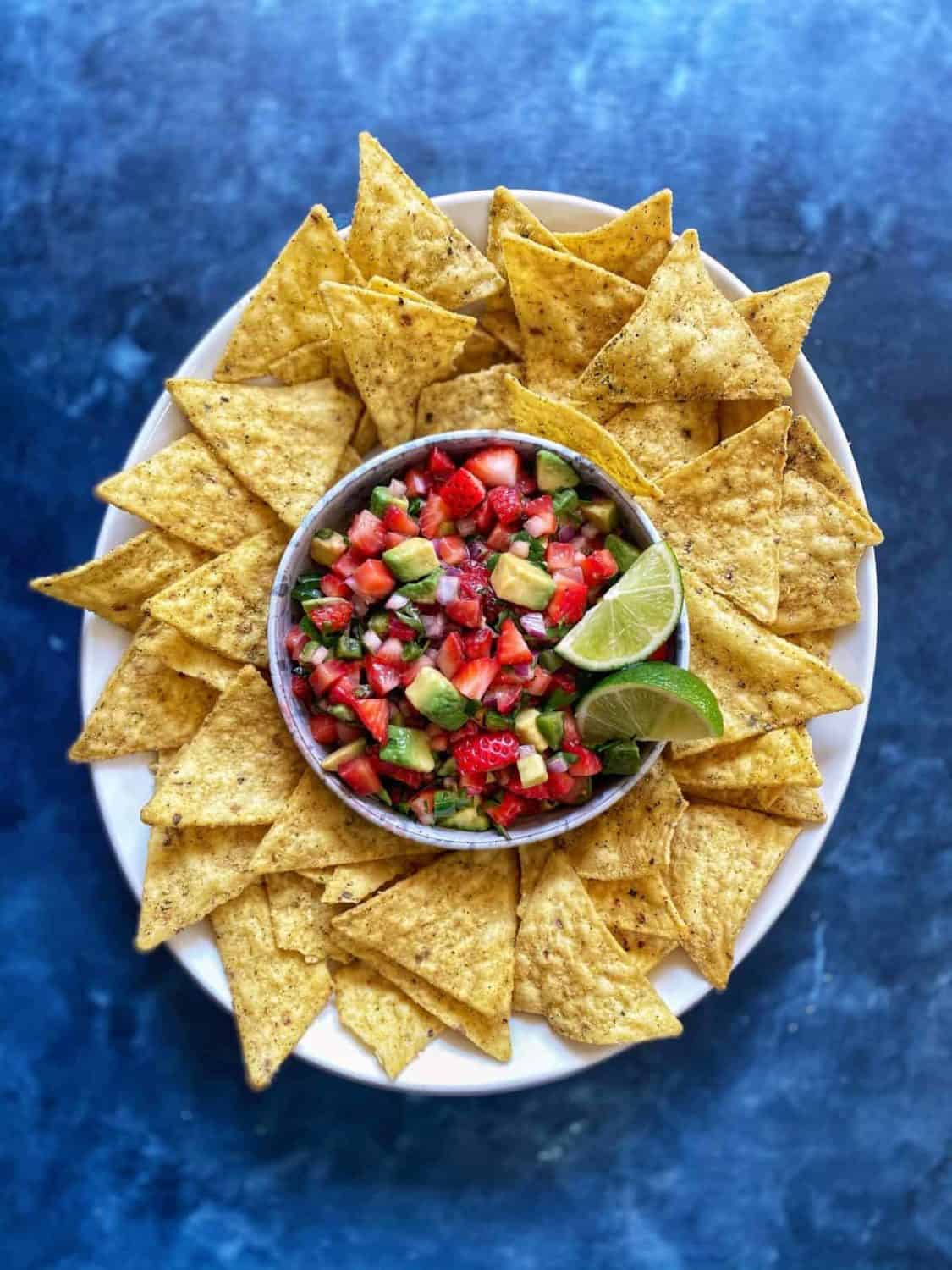
Beans, Dry Lima*
Lima beans, or butter beans, frequently grow as a rotation crop or cover crop. They help improve soil health, fix nitrogen and prevent weeds. They’re a delicious addition to soups and stews – and a standout side dish!
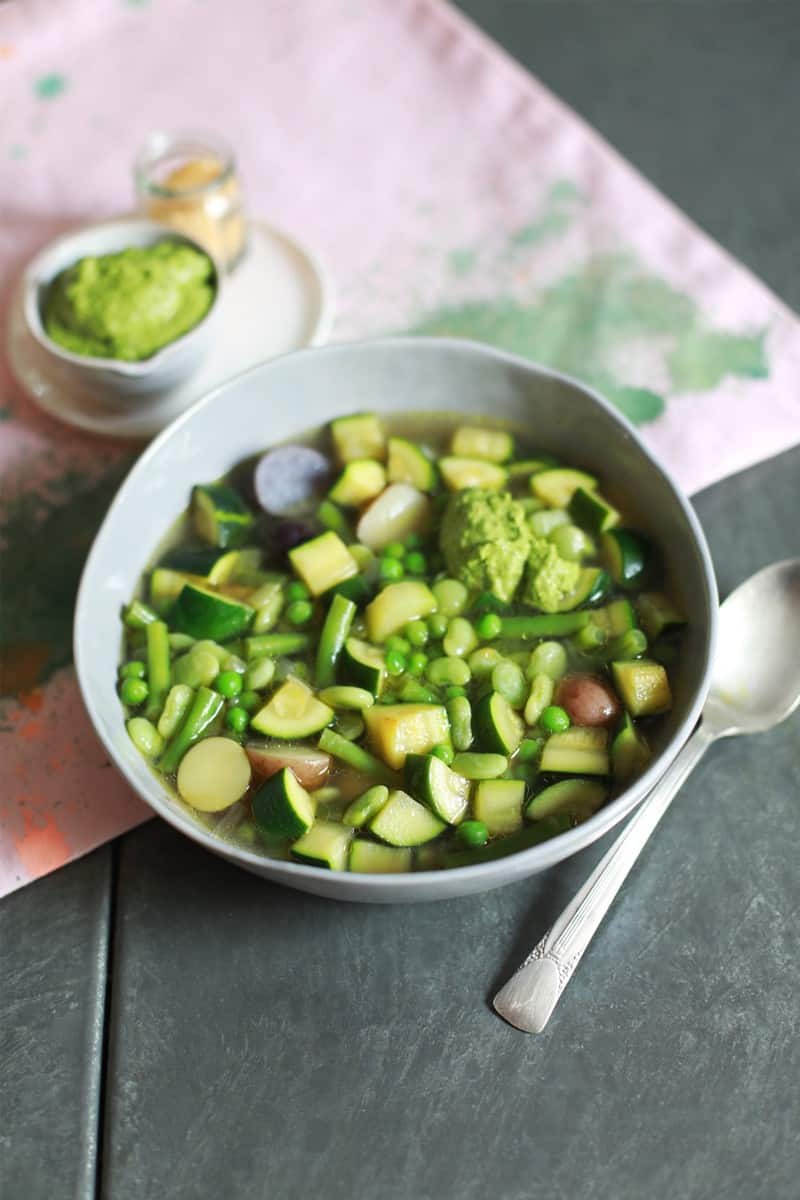


Broccoli
When you think of Thomas Jefferson, what comes to mind? Maybe the Declaration of Independence or President of the United States….but what about “broccoli”? Believe it or not, the founding father was an avid gardener and one of the first Americans to write about – and grow – this then-exotic vegetable!



Brussels Sprouts
If you’re not a fan of Brussels sprouts, you probably just haven’t tried the right recipe. The secret to delicious Brussels sprouts is simple – don’t overcook them. Skip the boiled Brussels (is that even still a thing?) and roast them instead.
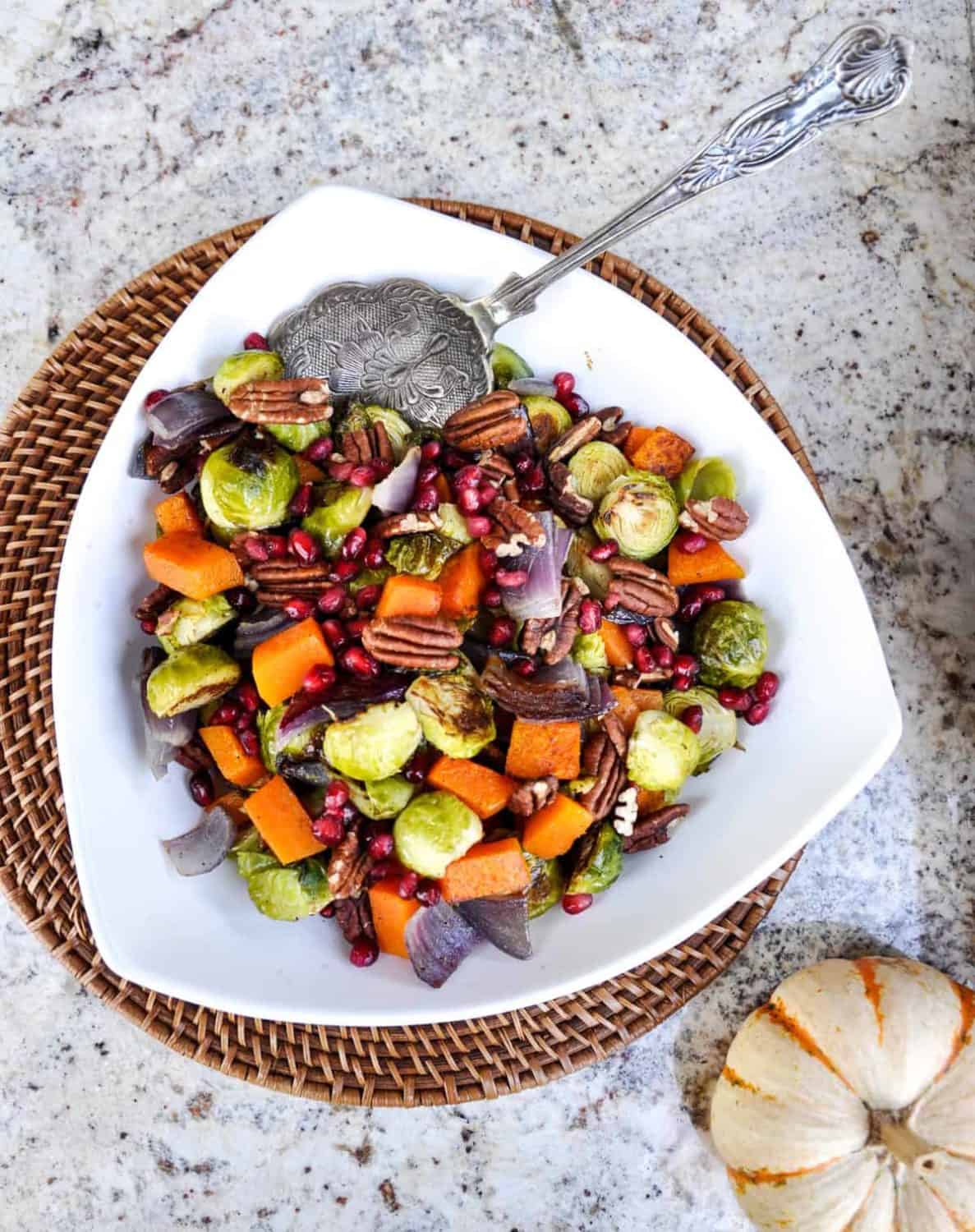
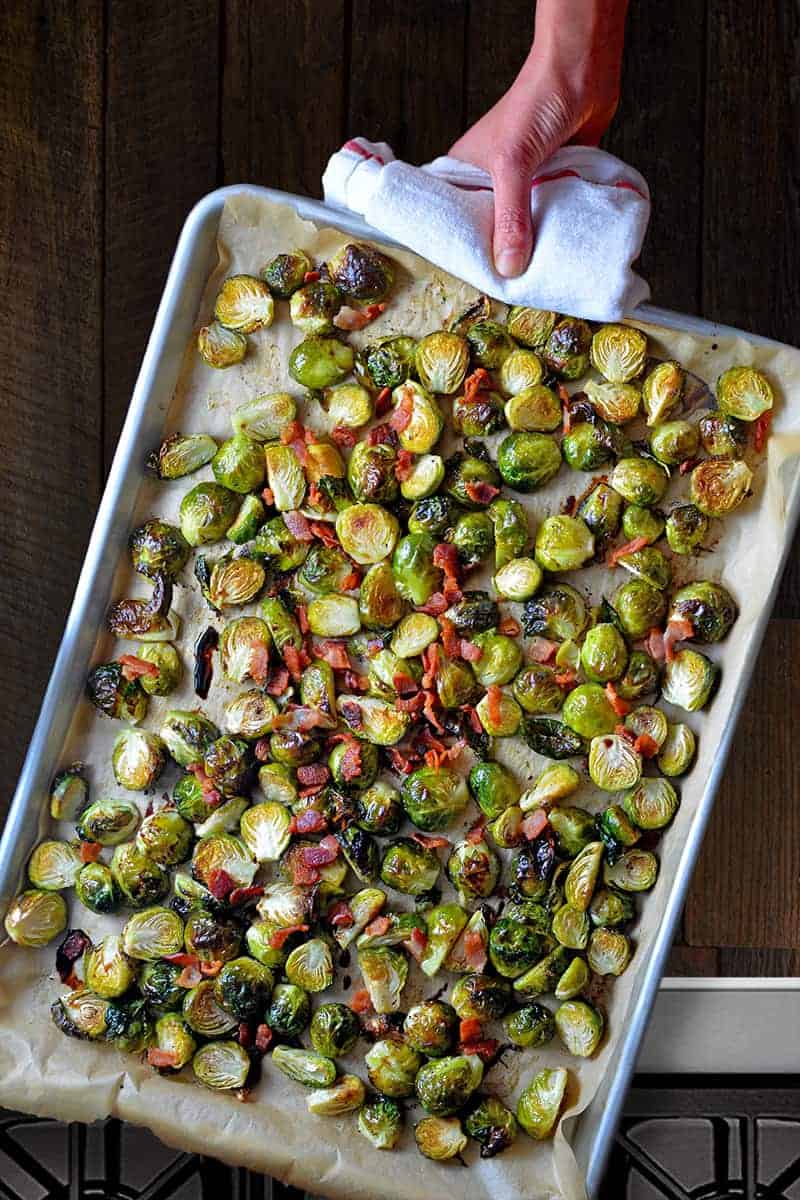
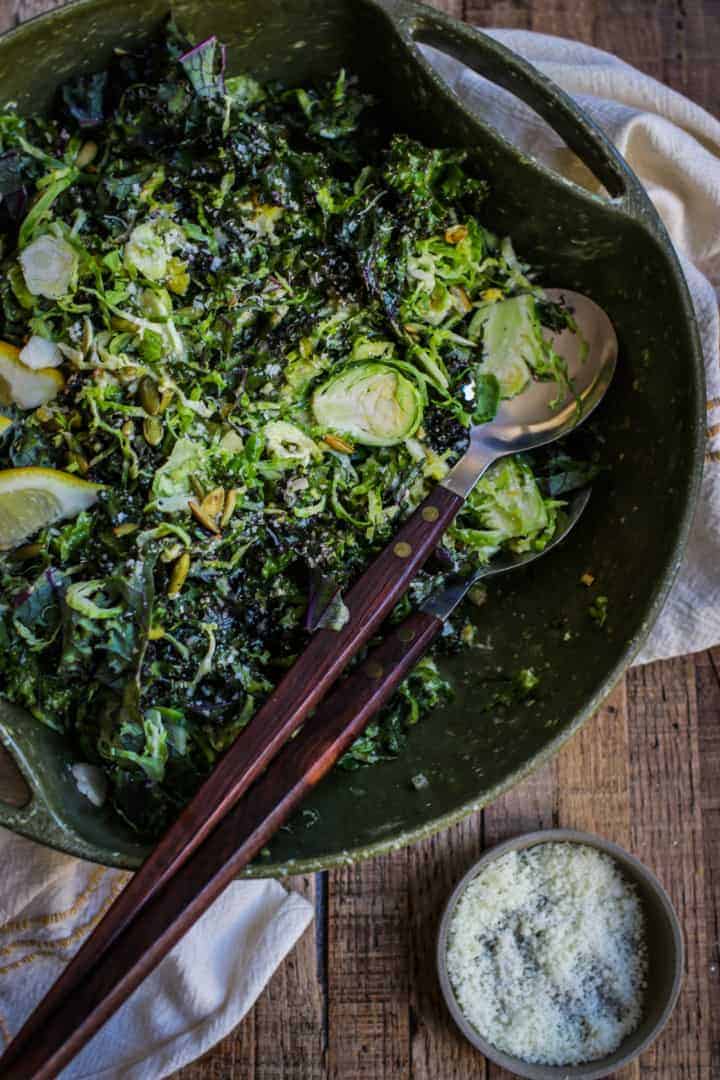
Cabbage
Cabbage has been cultivated worldwide for thousands of years. Over time, selective breeding has produced a much different looking cabbage plant than their native cousins. Ancient cabbage more closely resembled looser leaf varieties like Savoy, rather than the firm heads of cabbage you’ll find at your local grocer.
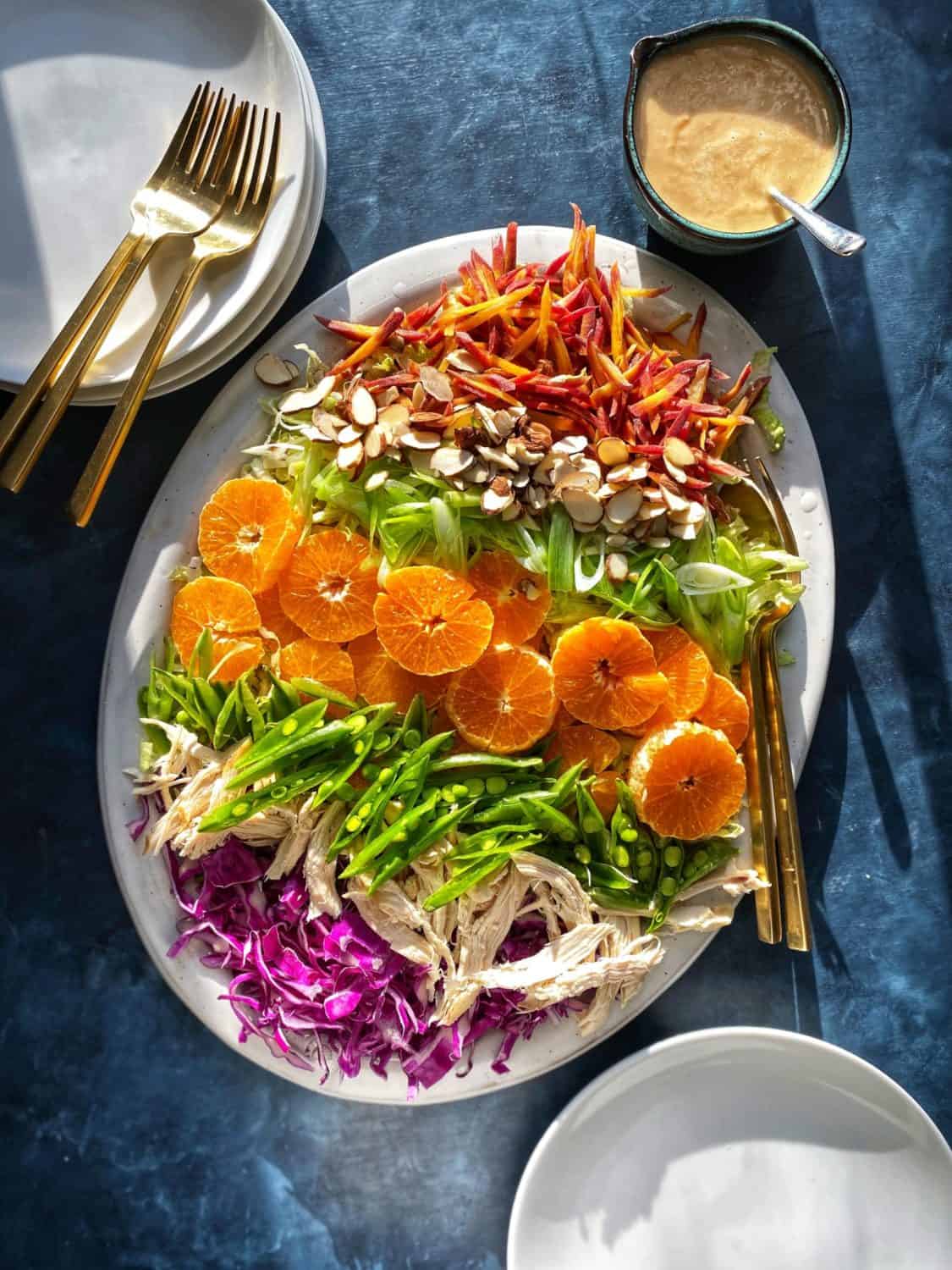
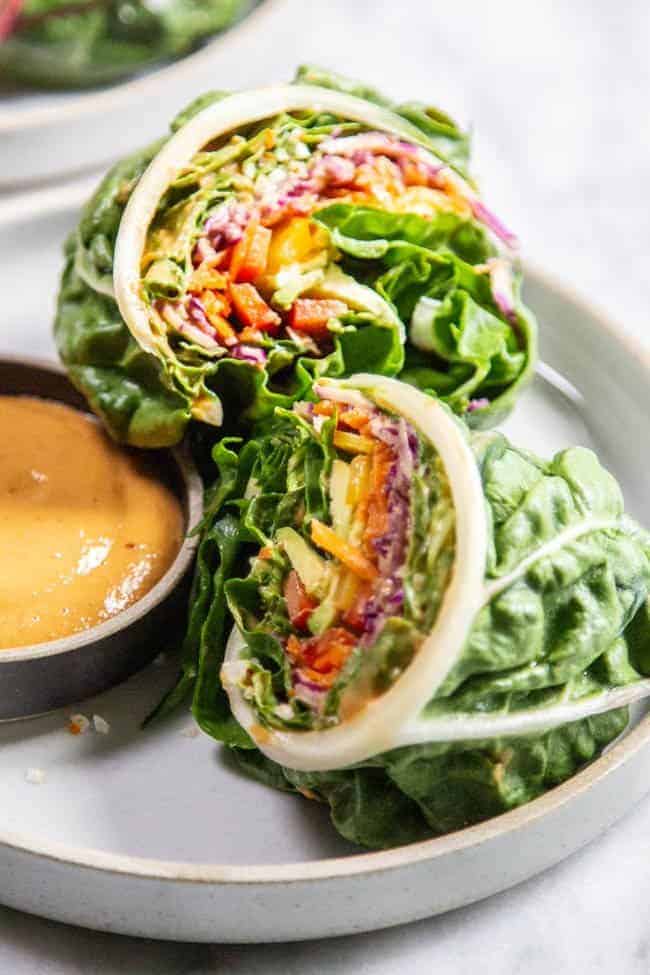

Carrots
Have you ever seen purple carrots at your favorite grocery store or Farmers’ Market? They’re not some new-fangled fad – but the OG version of this popular root vegetable. Fun fact: prior to the 17th century, most carrots were naturally purple!


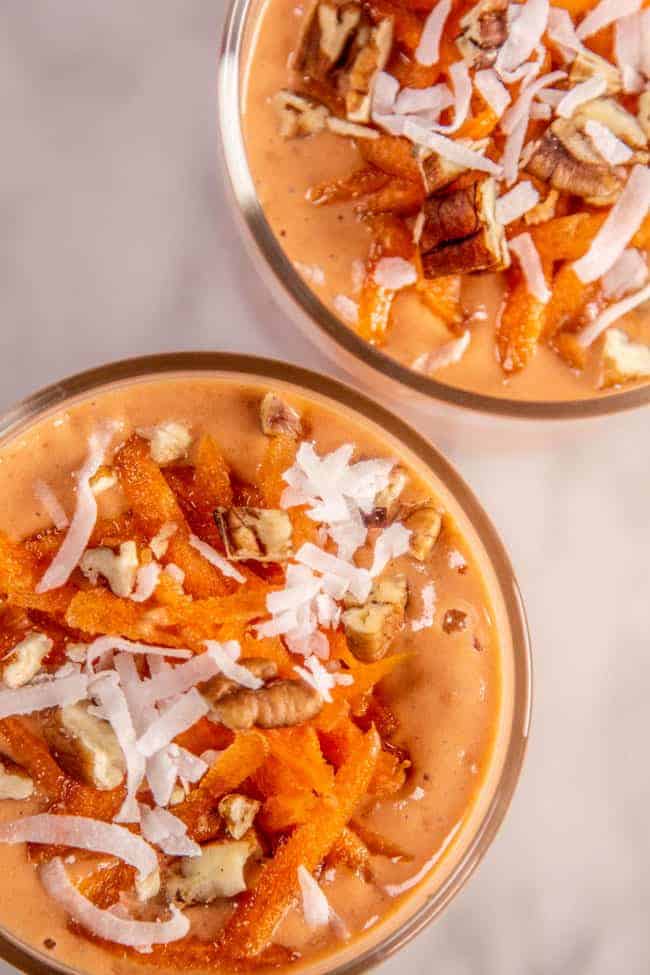
Cauliflower
In recent years, cauliflower is experiencing a massive surge in popularity. Since California leads the nation in cauliflower production, that’s good news for our farmers! This versatile vegetable is used to create grain-free versions of everything from pizza crust to rice.



Celery
If you’ve ever had any doubts as to whether farmwork is skilled labor, we’d like to invite you to watch a celery harvest. It’s been compared to “ballet with machetes.” Since celery is grown and harvested year-round in California, you’ve got plenty of opportunities.
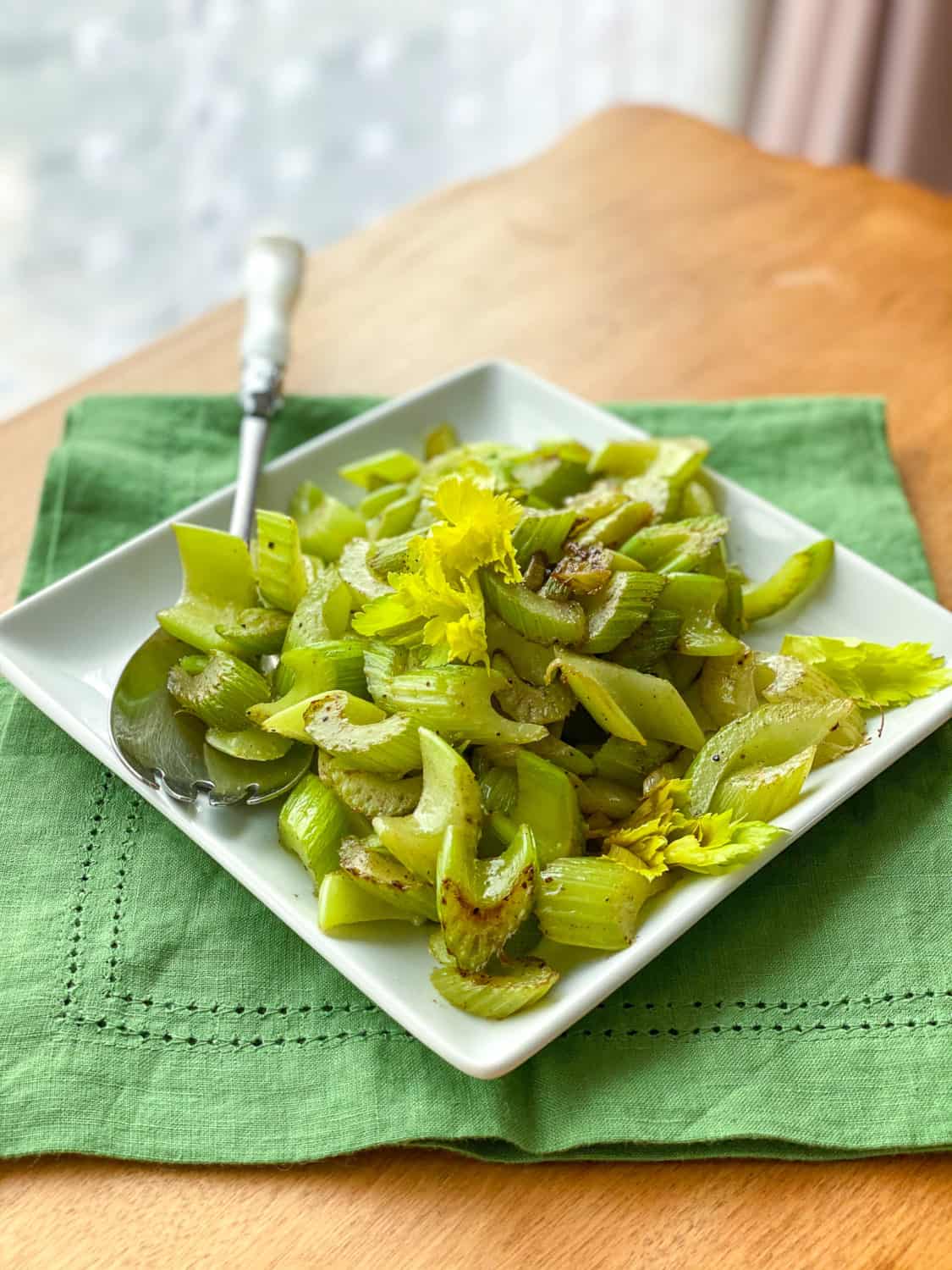

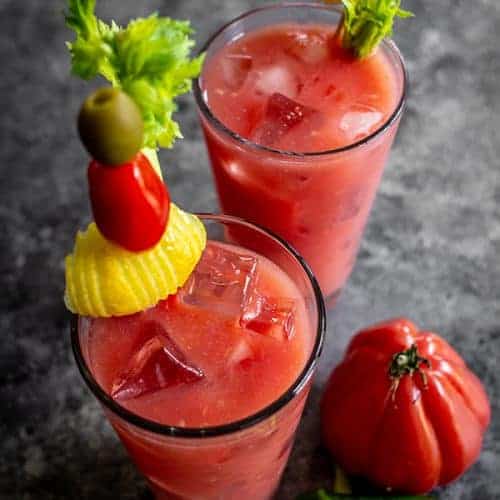
Corn, Sweet
Sweet corn is a summer treat in the Golden State. Whether you prefer white, yellow, or bicolor, there are so many delicious ways to enjoy California sweet corn!
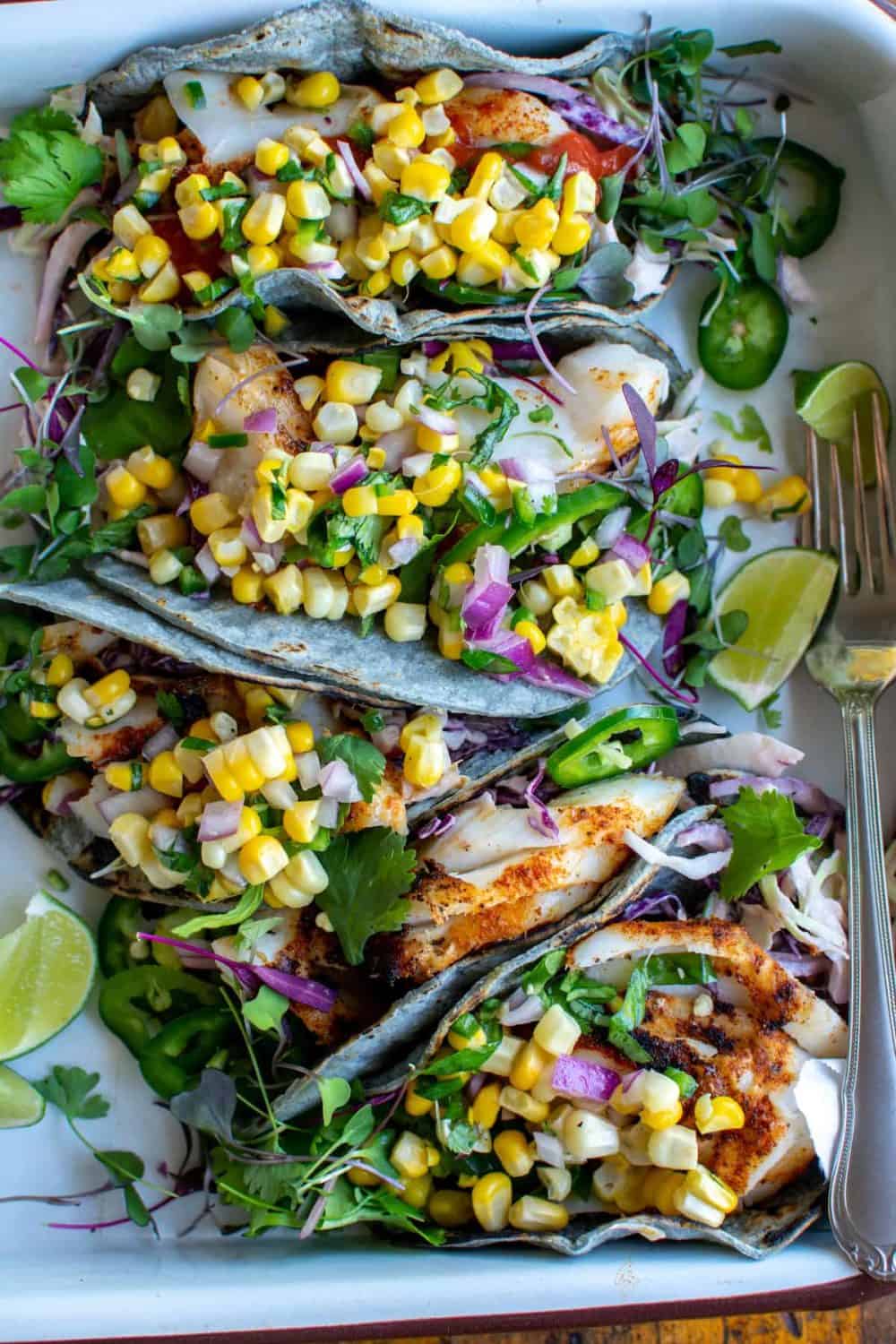

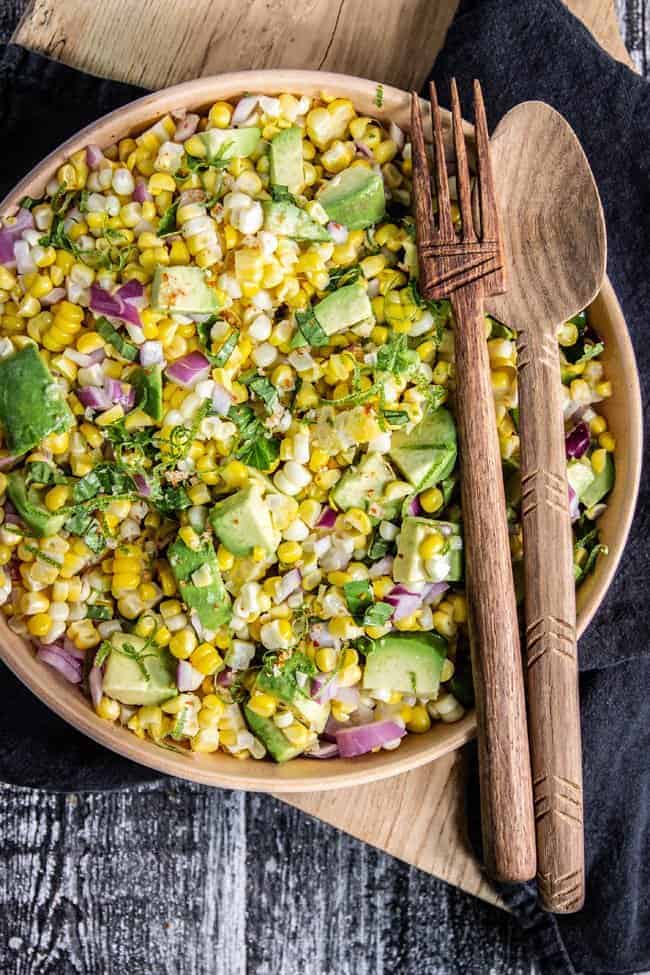
Dates
Nowadays, the Coachella Valley is famous for its eponymous music festival. You might not realize that not far from the revelry – high up in fields of palm trees – is where over 90% of the nation’s dates grow. There are many different varieties of dates grown worldwide. The two most popular varieties, Medjool and Deglet Noor, are both sundried (meaning they dry on the tree).

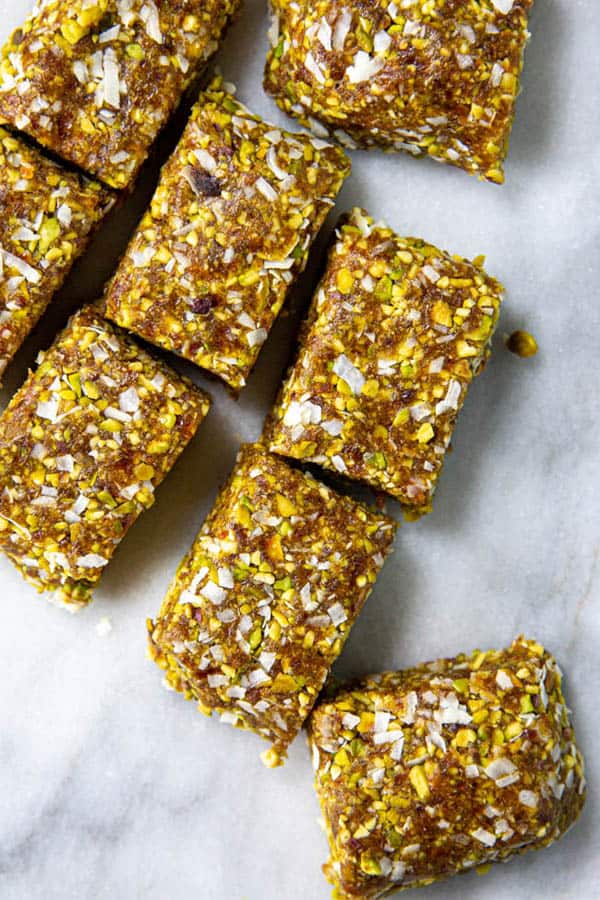
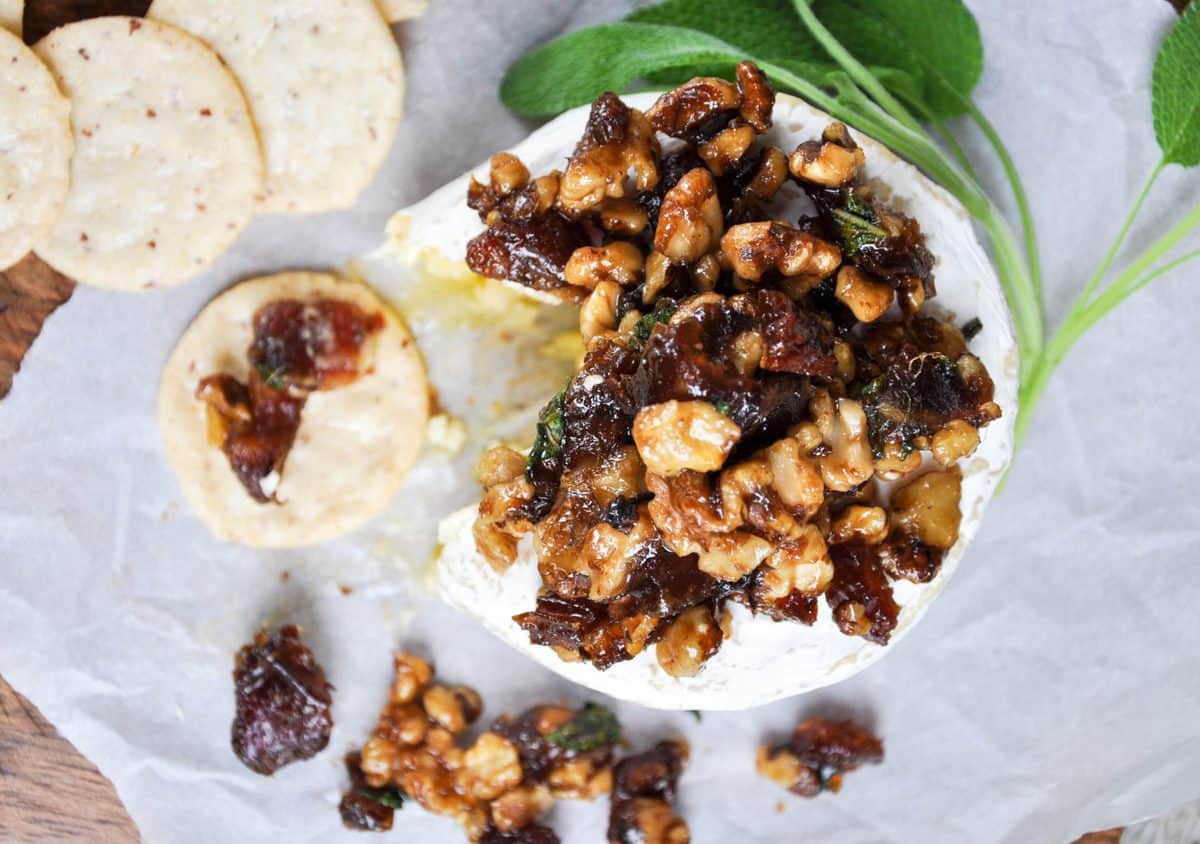
Eggplant
Eggplant, also known as aubergine, is arguably a worldwide sensation, not because of the scandalous emoji – but because it creates delicious dips, stir-fries and entrées. If you’ve ever tried Eggplant Caponata or Eggplant Napoleon, you know what we mean!



Escarole/Endive
Wondering what state grows the most endive or escarole? No surprise here – California leads the Nation. These winter greens have a distinctive, slightly bitter taste and an appealing crunch. They’re the star of some of our favorite winter salads and provide the perfect foil to sweet fruits like pomegranates and mandarins.


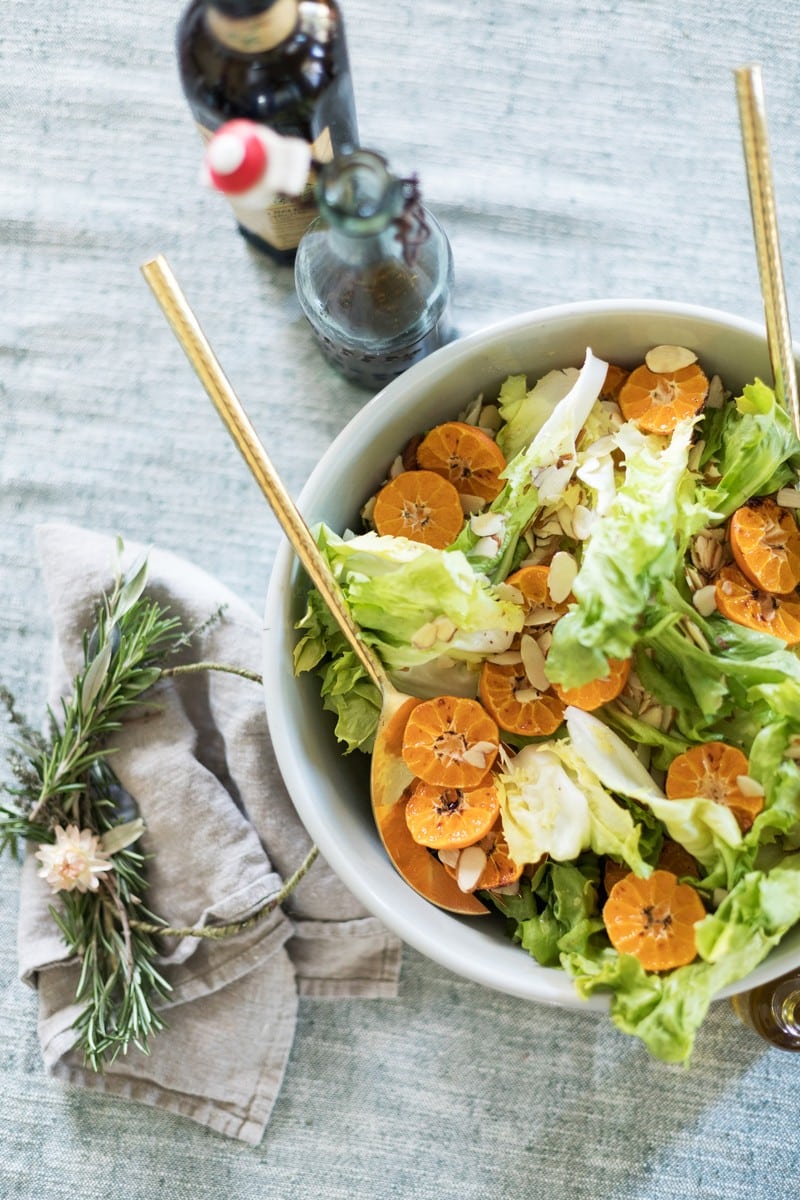
Figs (Fresh & Dried*)
Figs were first brought to California by Spanish missionaries. In fact, one of the most popular varieties is the “Mission Fig”. Today, California is responsible for 98% of the country’s fresh fig crop and 100% of the nation’s dried figs.
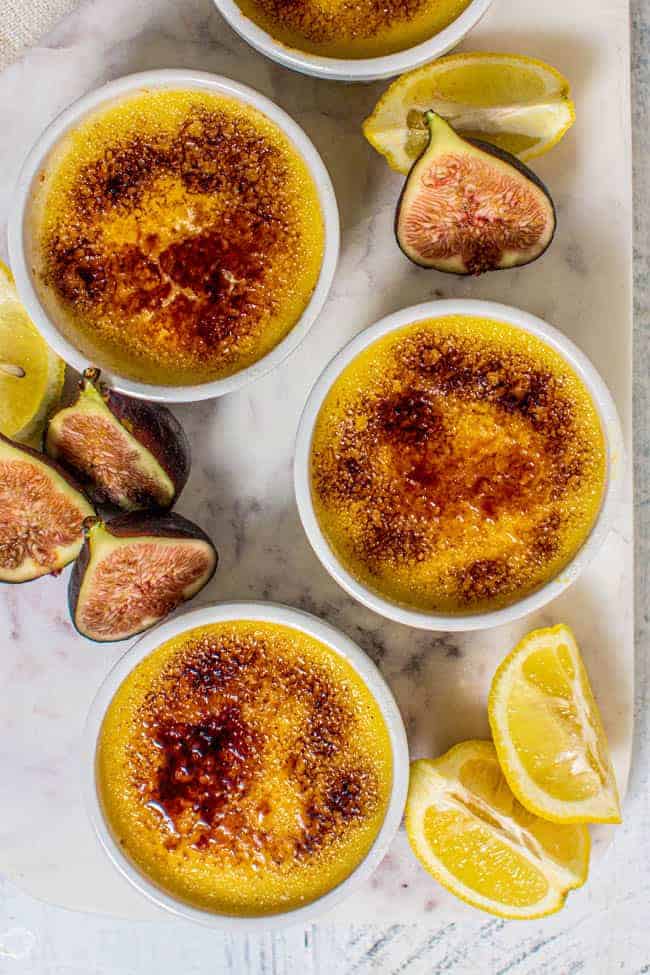


Flowers (Bulbs, Flowers, Cut & Potted Plants)
Did you know California is America’s leading producer of high-quality cut flowers and greens? Our state supplies over 75% of all domestically grown cut flowers in the United States. Sure, these gorgeous blooms are great for bouquets, wreaths or crafts – but we also love using edible flowers to spruce up our favorite wine cocktails, desserts or even spreads!

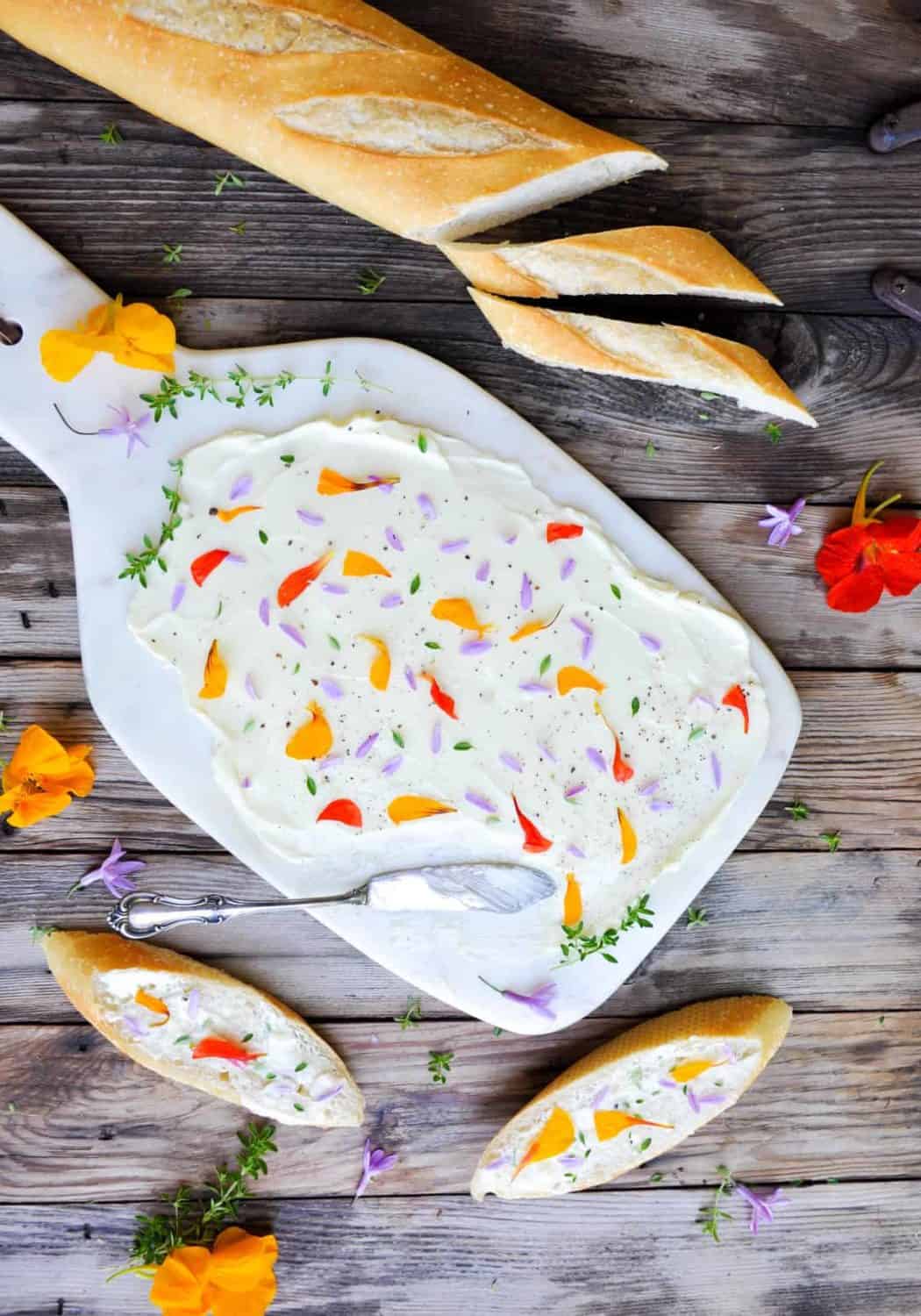

Garlic*
Is garlic an herb or a vegetable? Although garlic, like herbs, is often used to flavor various dishes, it’s technically considered a vegetable. Raw garlic has a particularly pungent taste and odor, but roasting the cloves whole imparts a sweeter, buttery flavor – which is why this versatile vegetable is used in everything from pasta to ice cream (no, really…you’ve got to try it).
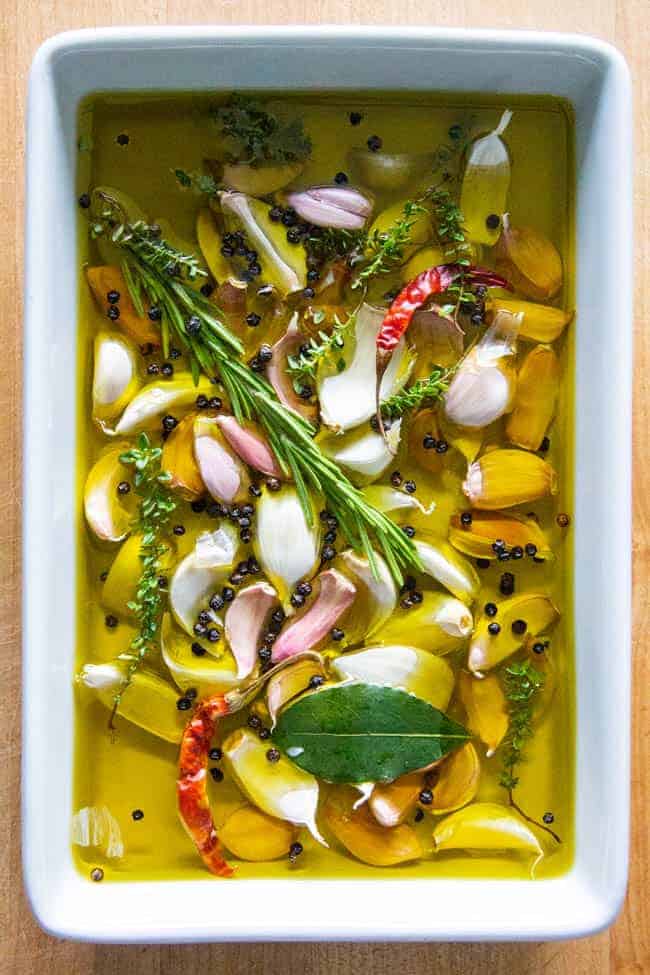


Grapes*
Virtually all of the Nation’s table grapes are grown in California. While there are 80+ varieties of California Grown grapes, most people just refer to them by their colors – red, green, and black.



Kale
Kale is a superfood. Since California farmers grow most of the Nation’s kale, does that make them “super” stars? We’d like to think so. Seriously, there are so many creative ways to enjoy kale. Add it to smoothies, salads and soups – or even fry it into chips!
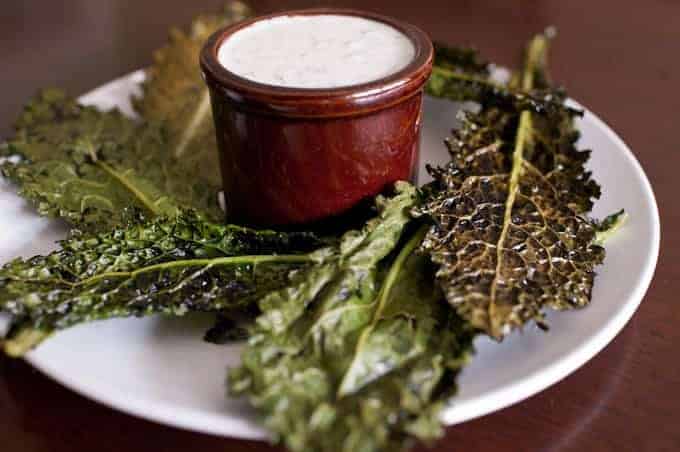
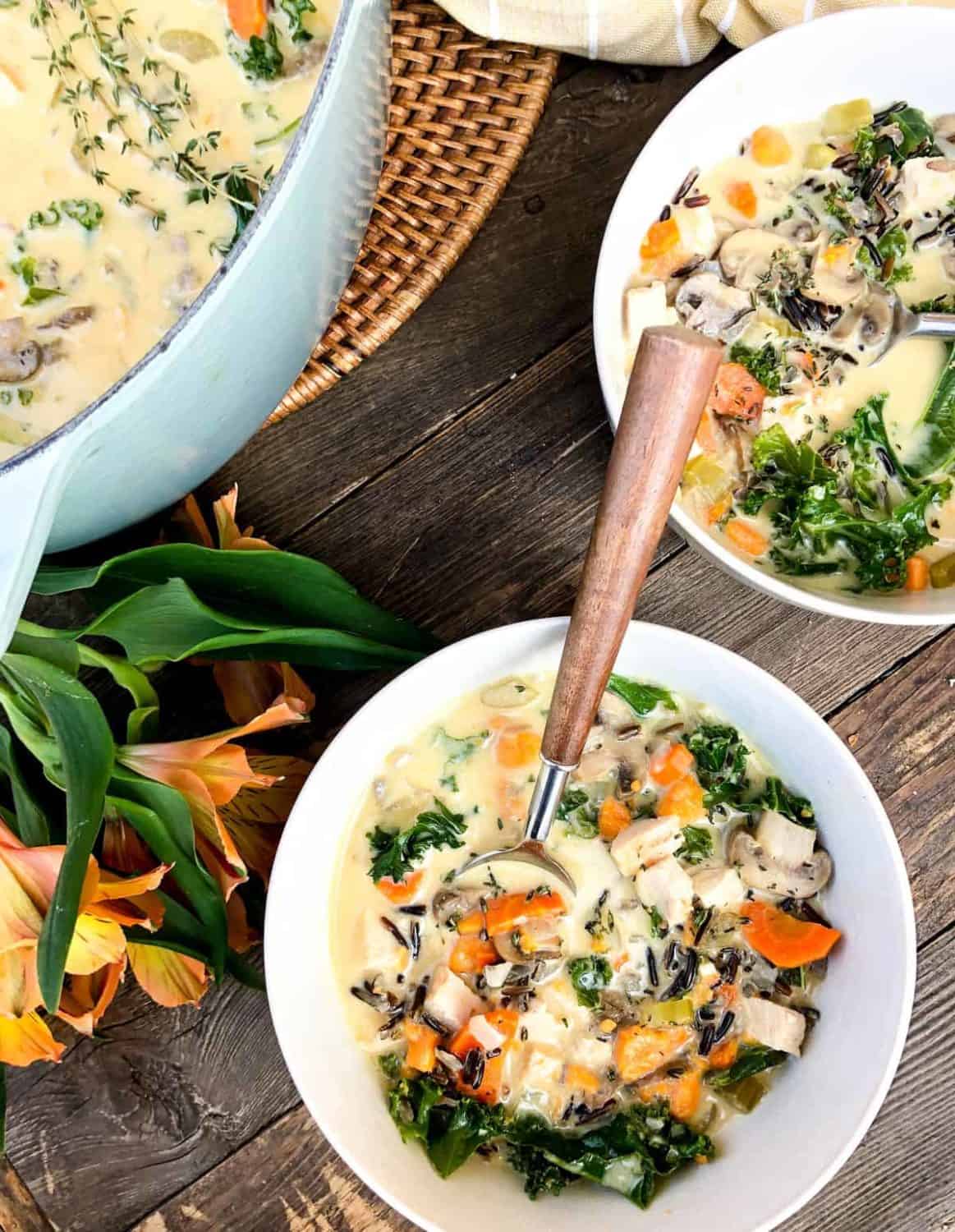

Kiwis*
California farmers grow virtually all of the Nation’s kiwis – but many people don’t even know that kiwis grow in the Golden State! This fantastic fruit grows on farms throughout California’s Sacramento and San Joaquin Valleys.
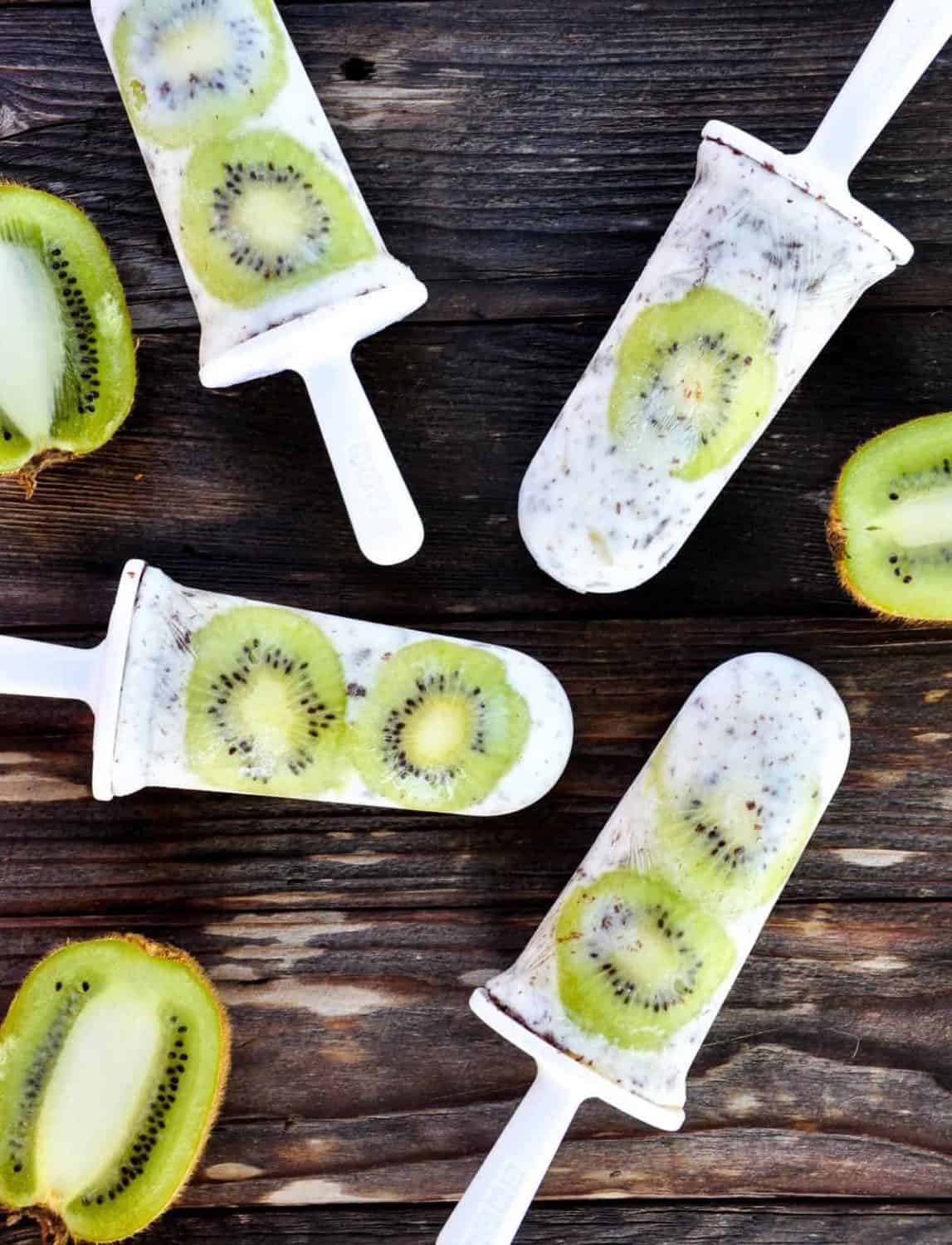
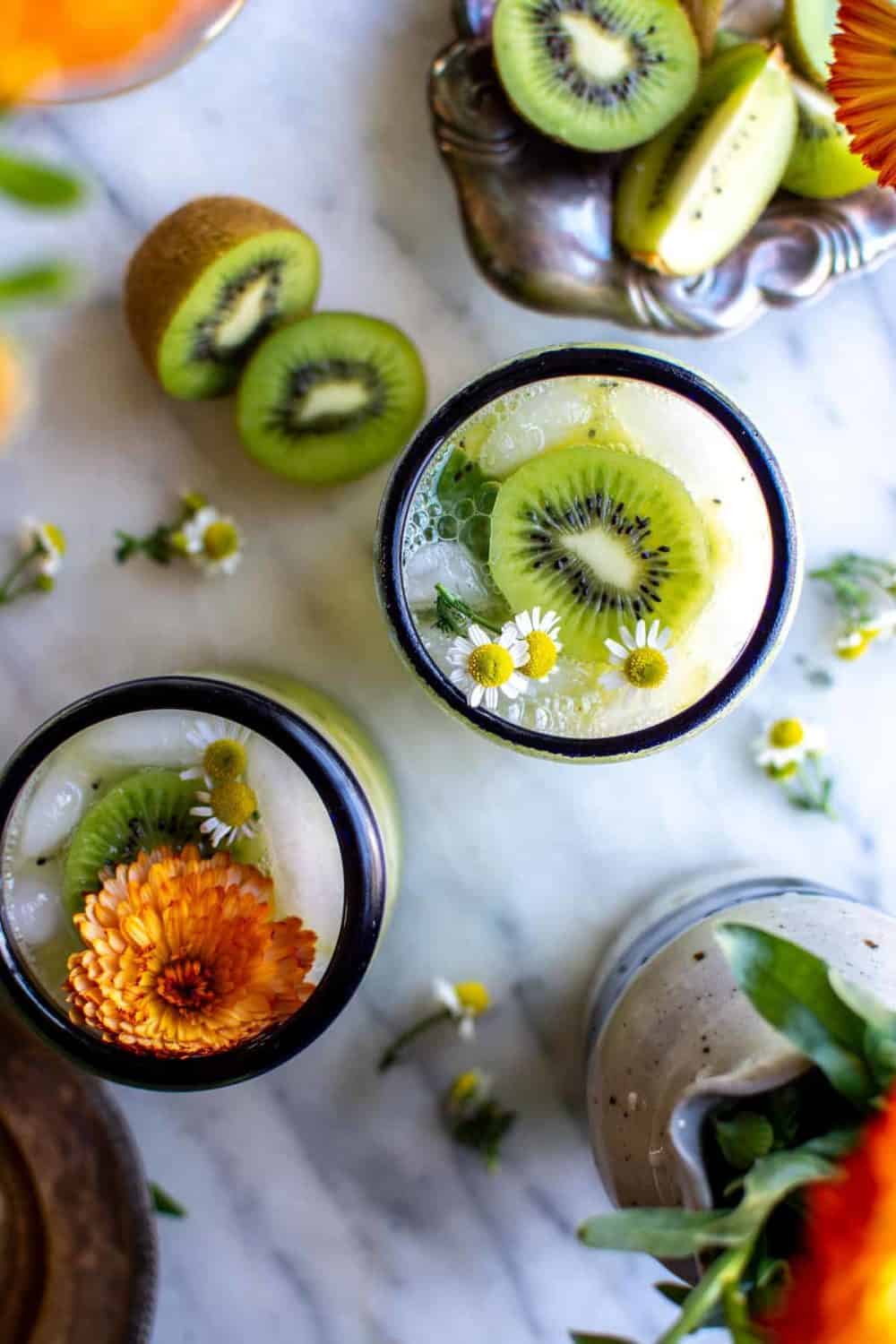

Lemons
California growers produce over 90% of all lemons grown in the United States. The coastal areas from Santa Barbara to San Bernardino counties account for the majority of California’s lemon crop.
Fun fact: Lemon trees can produce fruit year-round!



Lettuce (Head Lettuce, Leaf Lettuce, Romaine)
California grows more lettuce than any other state in the nation. And since this salad staple is always in high demand, it’s a good thing it grows year-round in the Golden State!
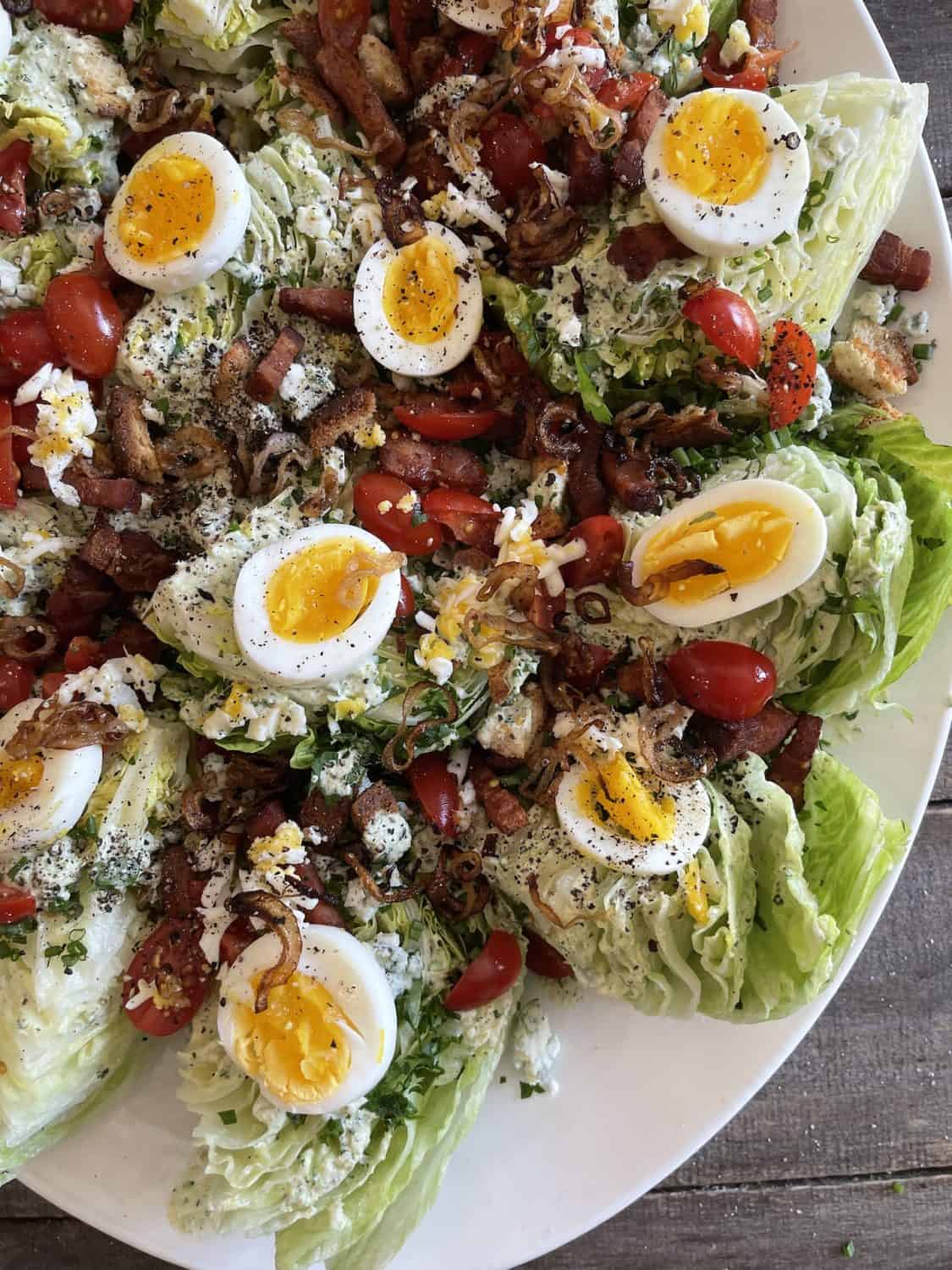
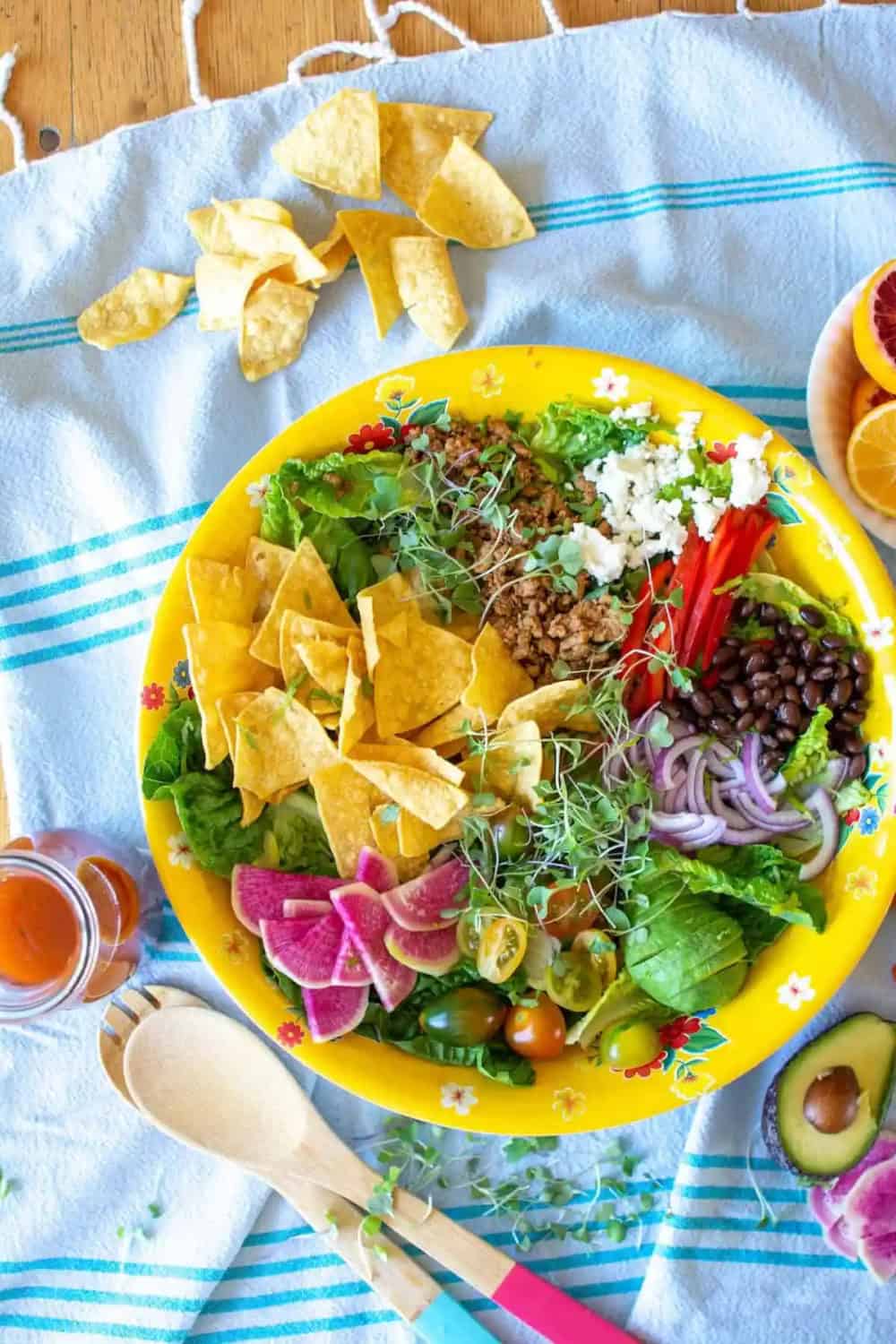

Limes
Hundreds of years ago, limes were the secret weapon that helped British sailors to combat scurvy. Today, they’re the not-so-secret ingredient in some of our favorite recipes.


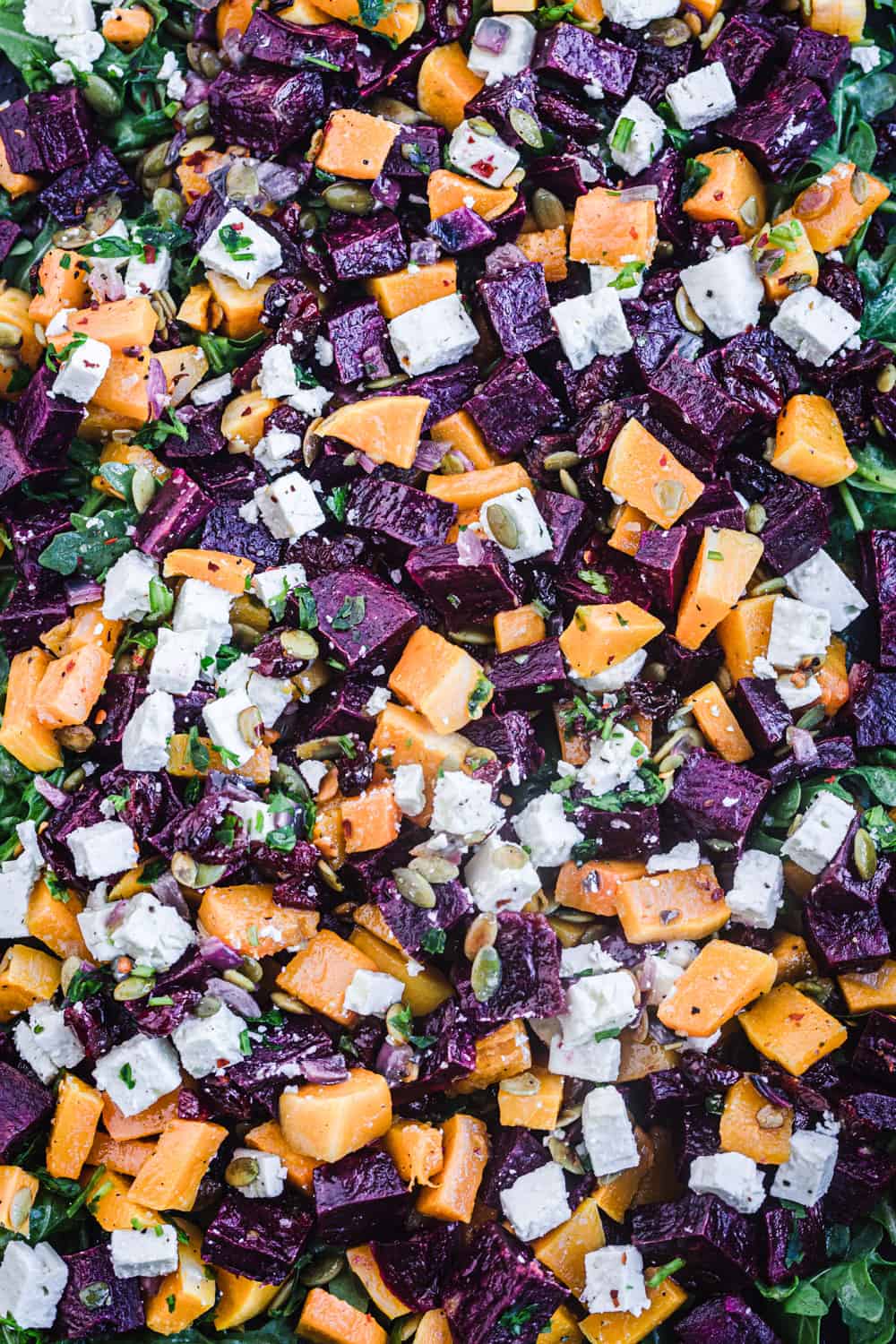
Mandarins & Kumquats
Mandarins and kumquats are a type of orange characterized by their smaller size and sweeter taste. They’re perfect for snacking or baking – especially since they’re always in season in California!

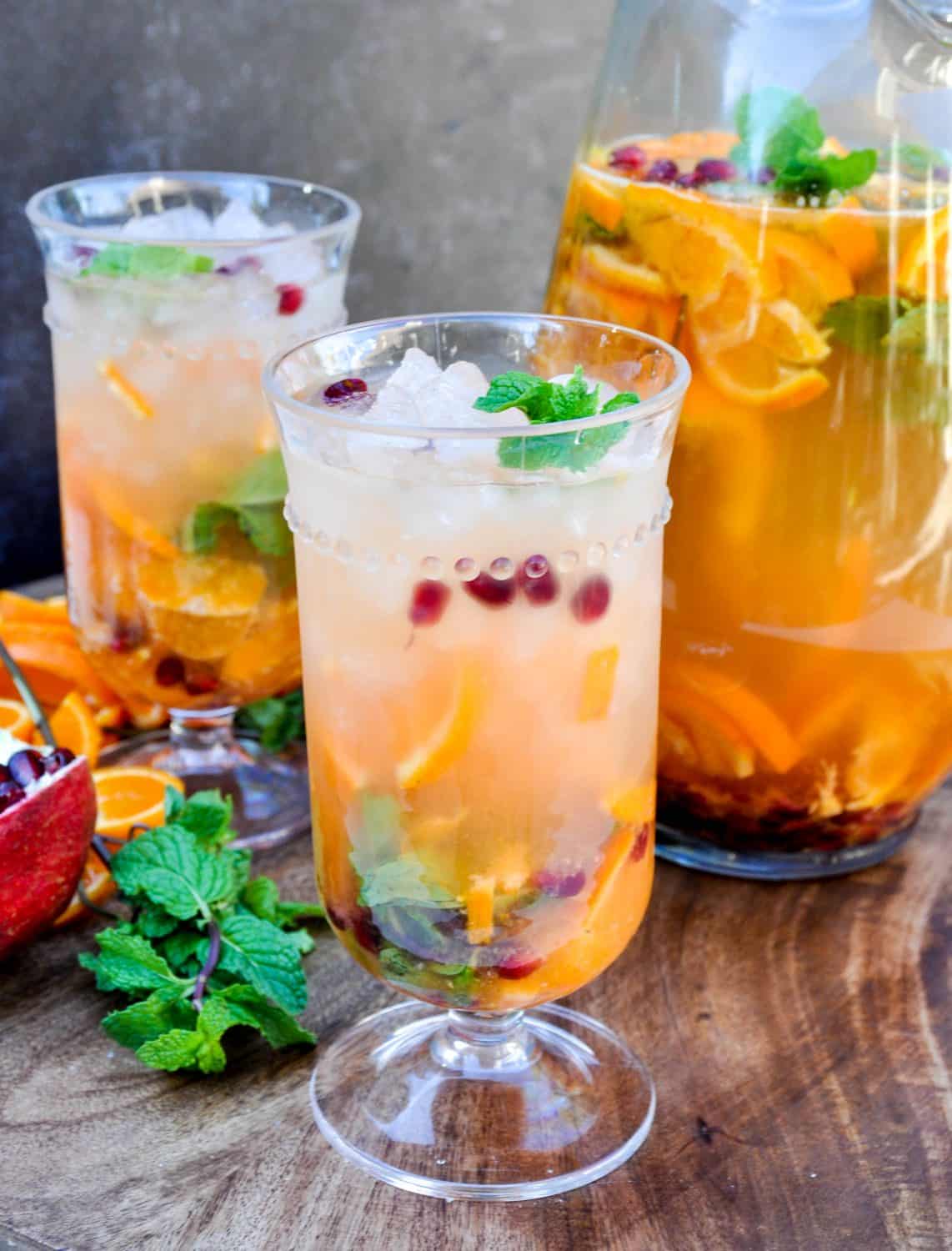
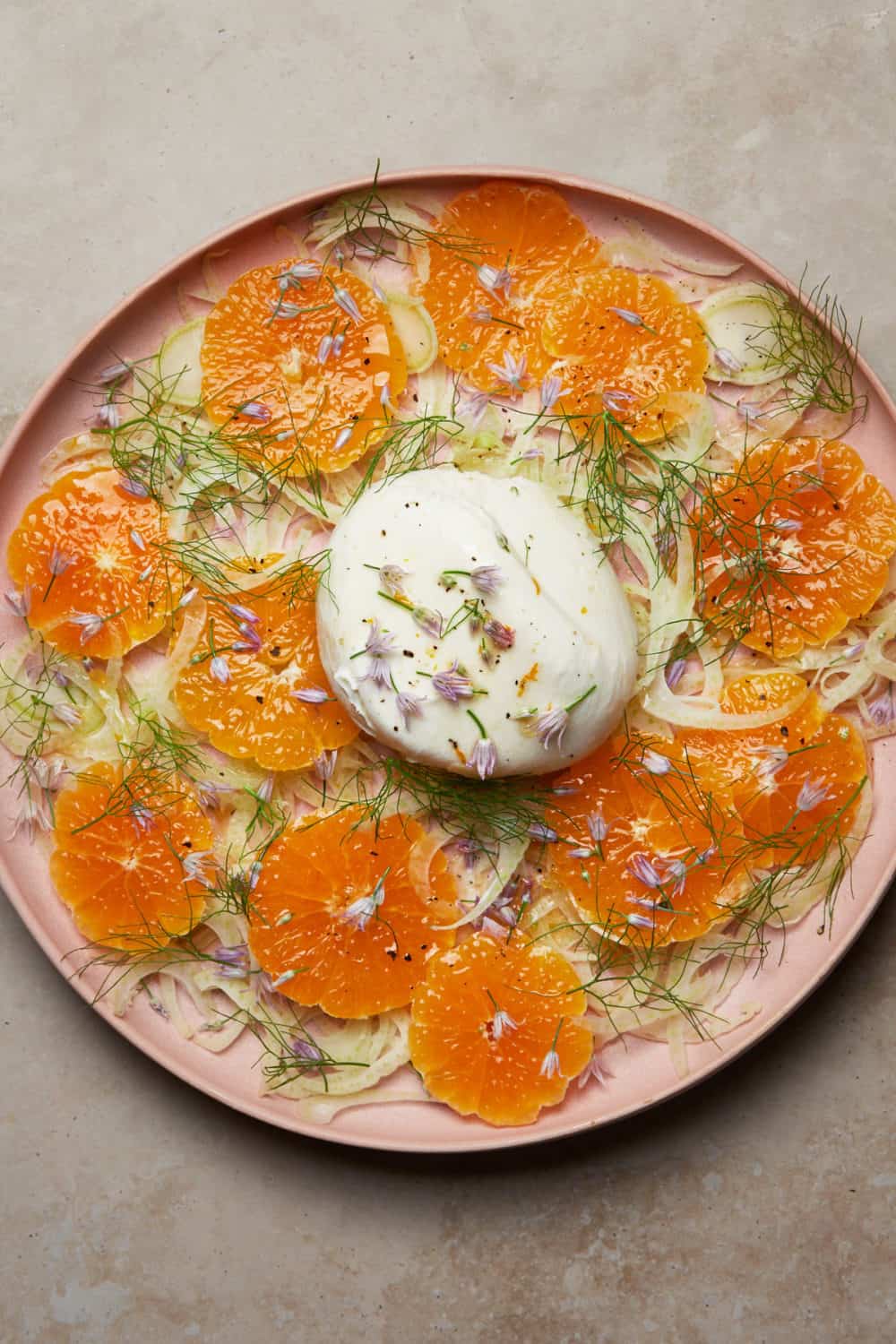
Melons, Cantaloupe
Food waste is an important issue to both families and retailers. To help address this issue, California cantaloupe farmers have spent years perfecting varieties with the same great flavor but a significantly longer shelf life. In fact, most of the cantaloupes you find in stores nowadays will last up to three weeks when properly refrigerated!
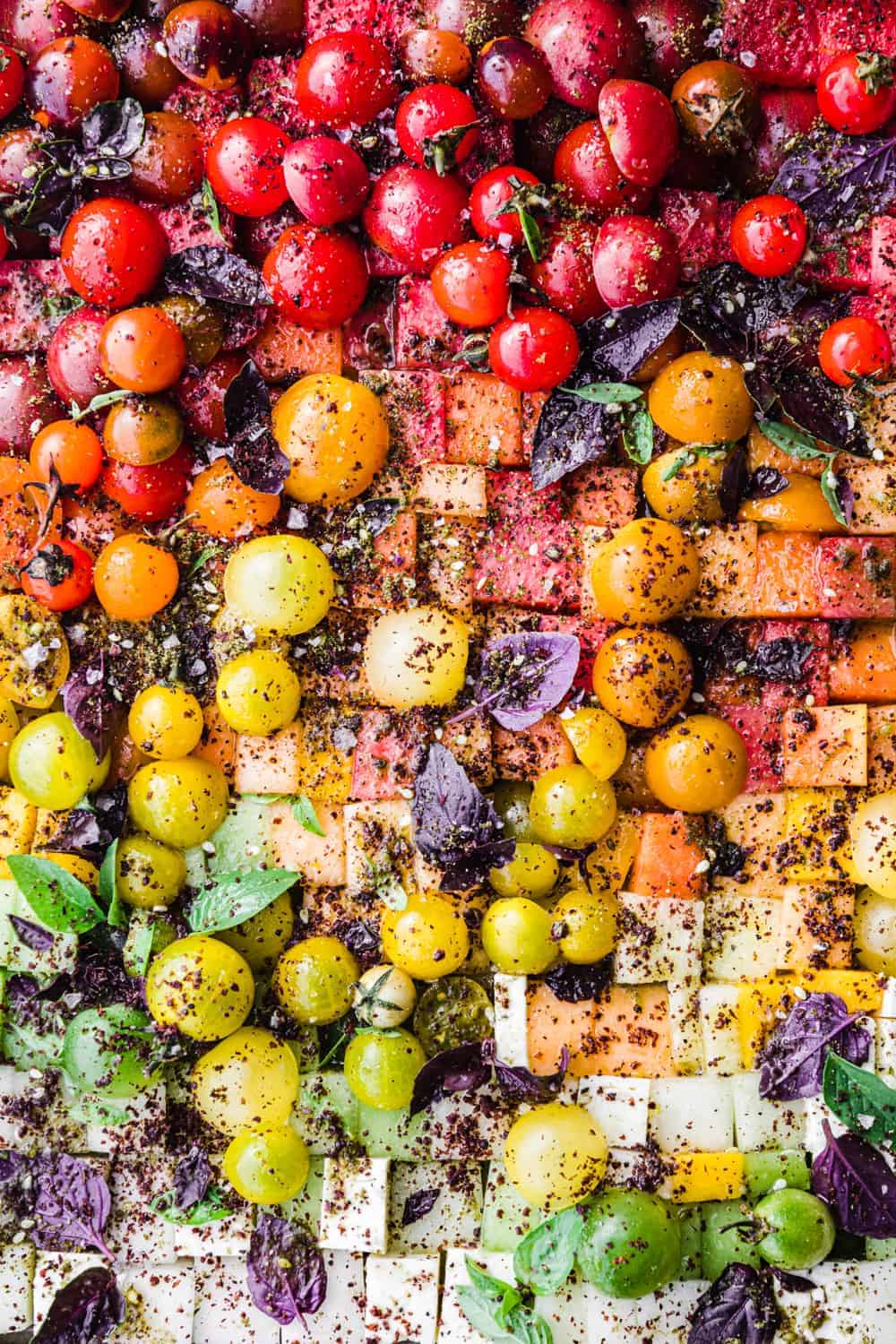


Melons, Honeydew*
Although honeydew melons are typically considered a fruit, they’re actually a vegetable! Honeydew (and all melons) are closely related to veggies like zucchini, squash and pumpkins.

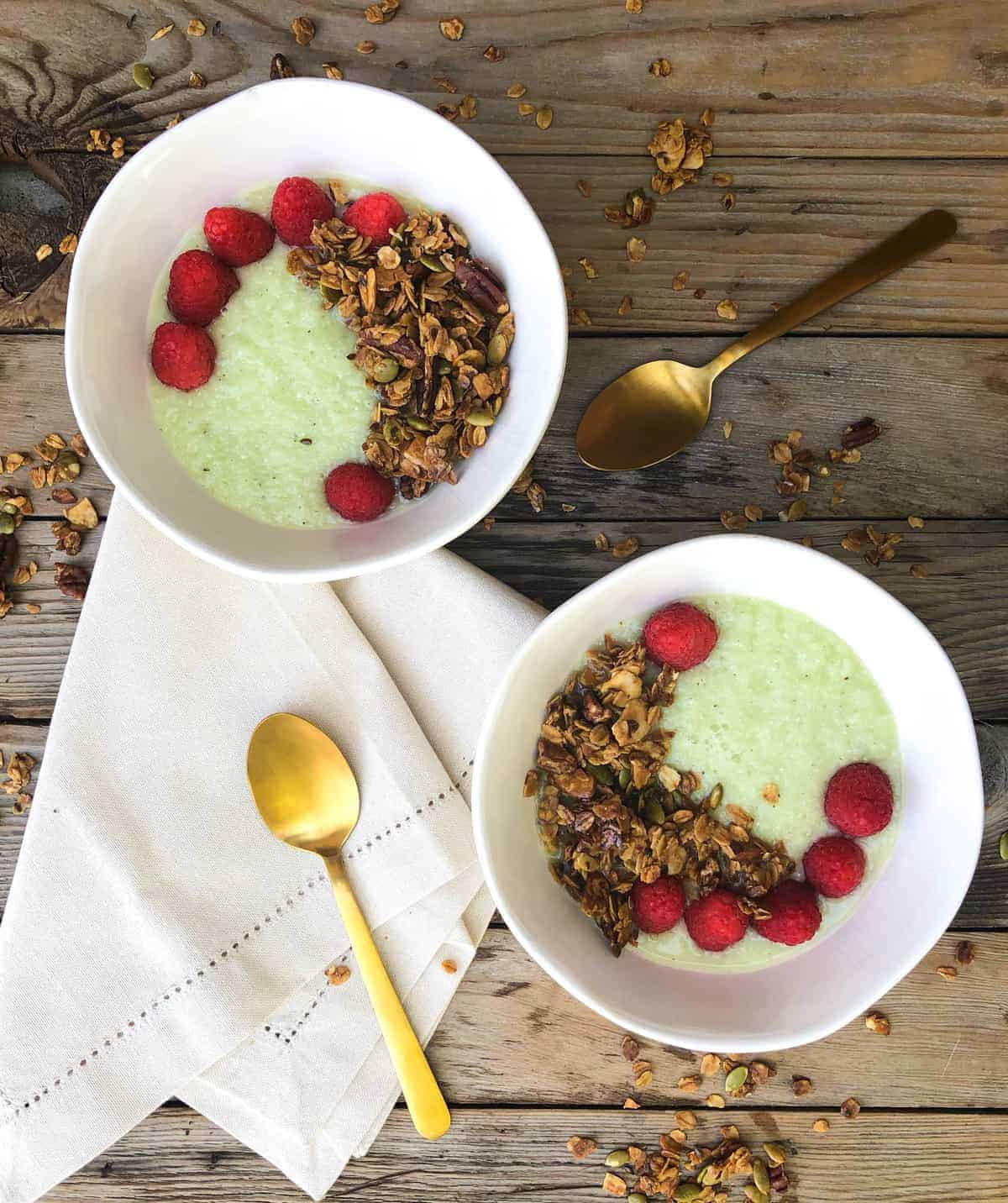
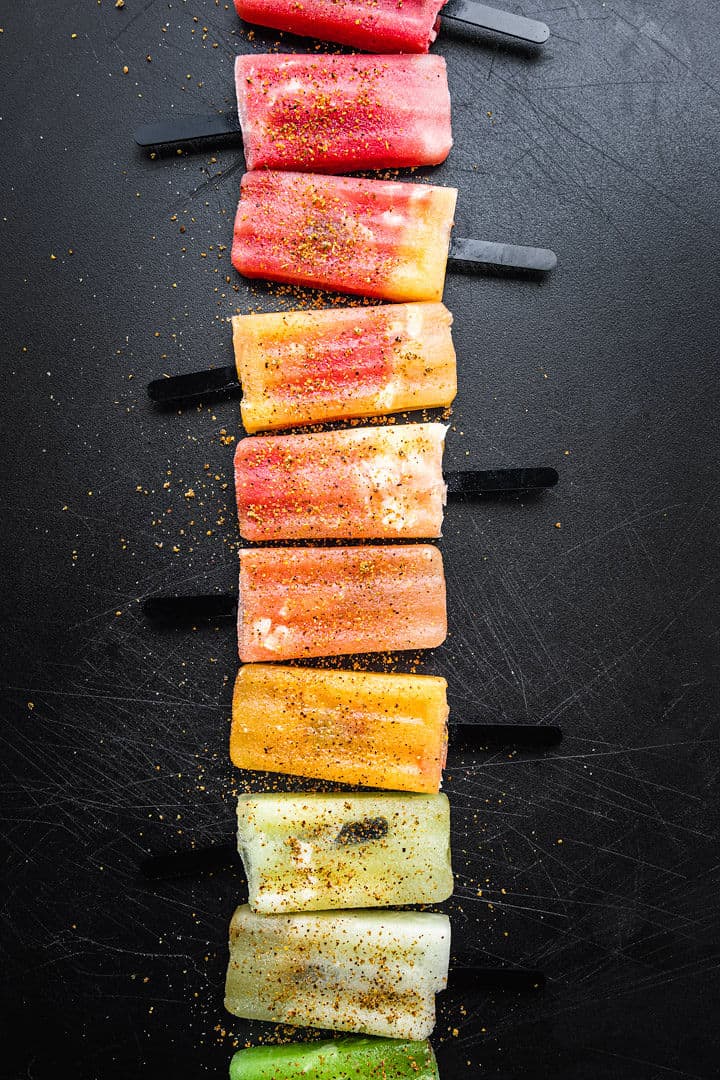
Milk and Cream
California dairy farmers produce the majority of the Nation’s milk and cream! Since 99% of California dairy farms are family-owned, you support locally-owned small businesses with every sip.


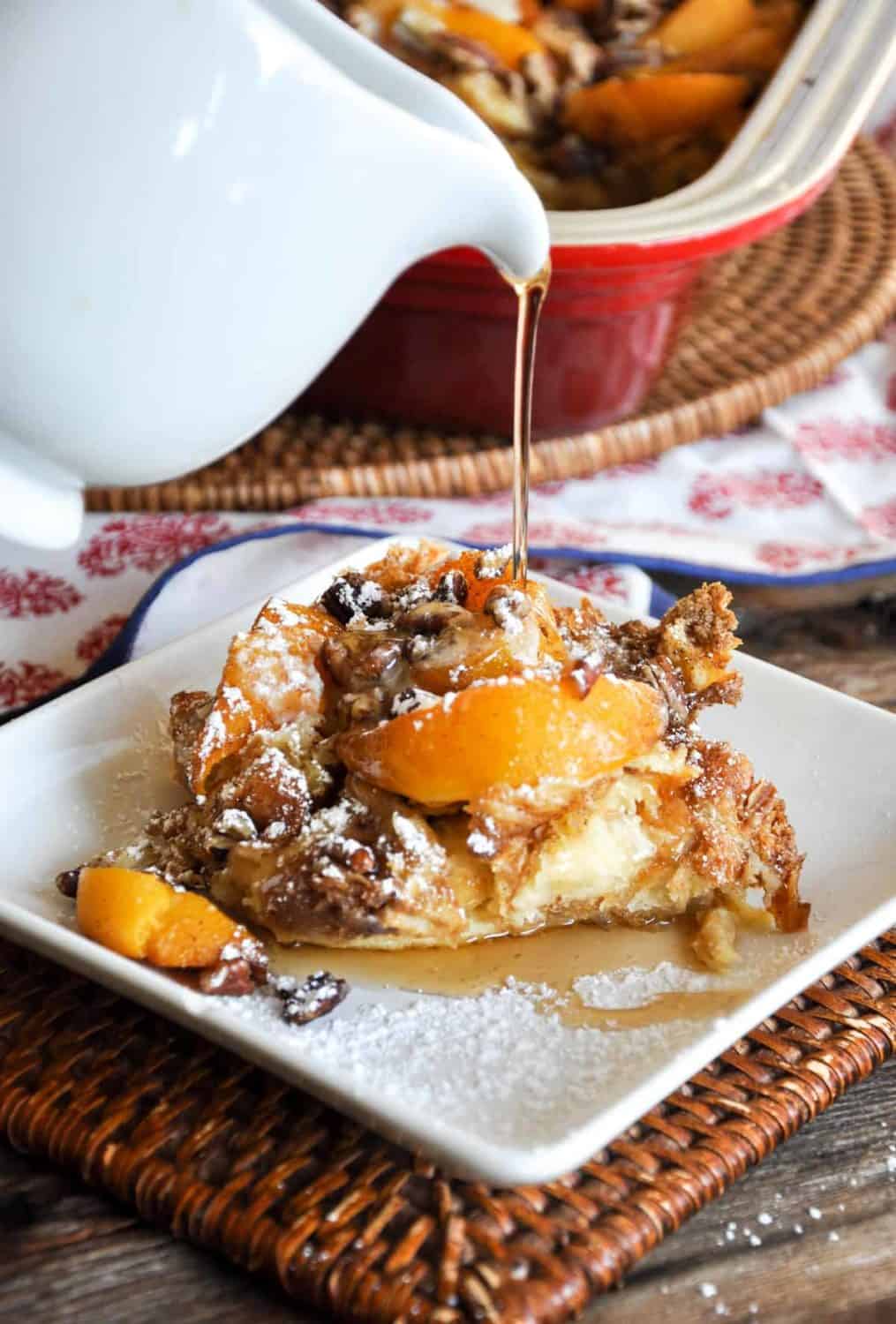
Nectarines*
What’s the difference between a nectarine and a peach? Nectarines are genetically identical to peaches with one exception – nectarines have smooth skin rather than “peach fuzz”.

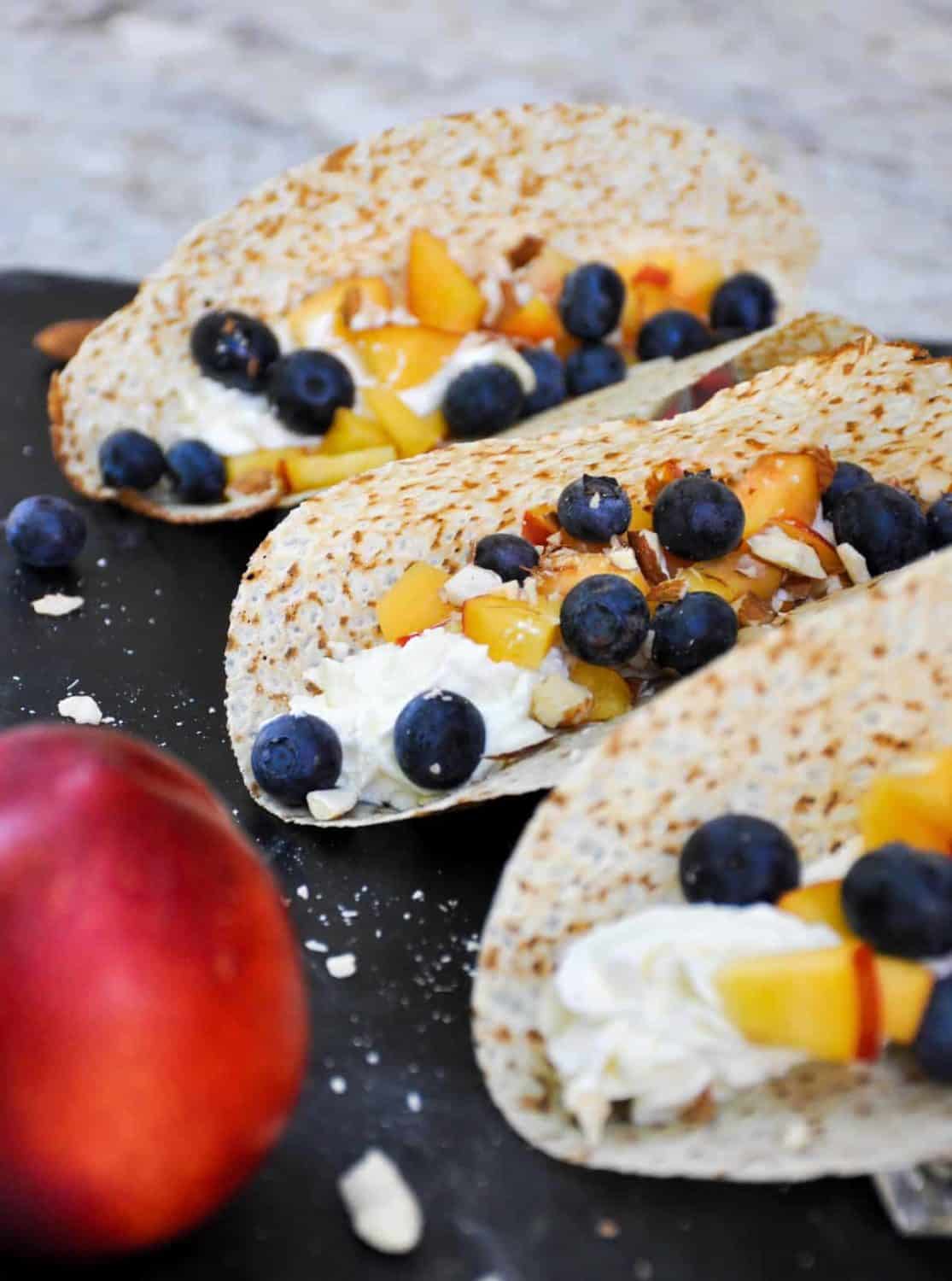

Olives*
Olives are an integral part of the Mediterranean diet, which supports good health and is associated with longevity. Olives also happen to be naturally gluten-free, vegan, Keto and Paleo-friendly – so California Ripe Olives are easy to incorporate into any specialized meal plan!
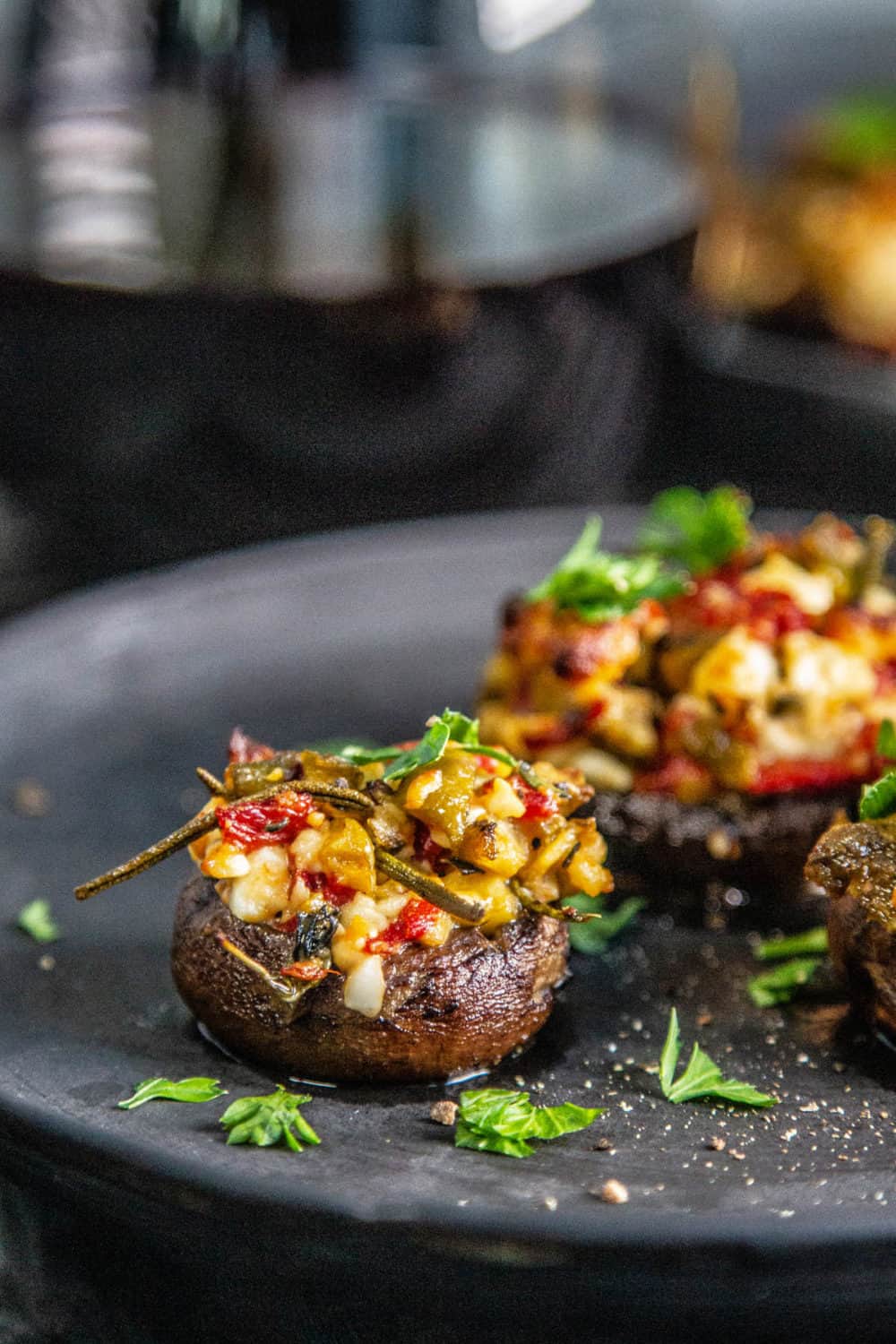
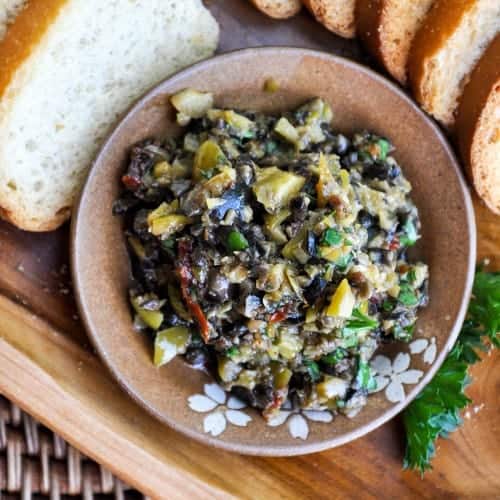

Onions, Green + Dry
California grows more green onions than any other state in the Nation! Sometimes called scallions, these are often used as a garnish. They add a hint of onion flavor without overpowering your favorite savory dishes.



Parsley
Parsley is typically a garnish, adding color and flavor to everything from soups to salads or casseroles. We especially love adding parsley to egg salads and pastas to impart fresh flavor and color.


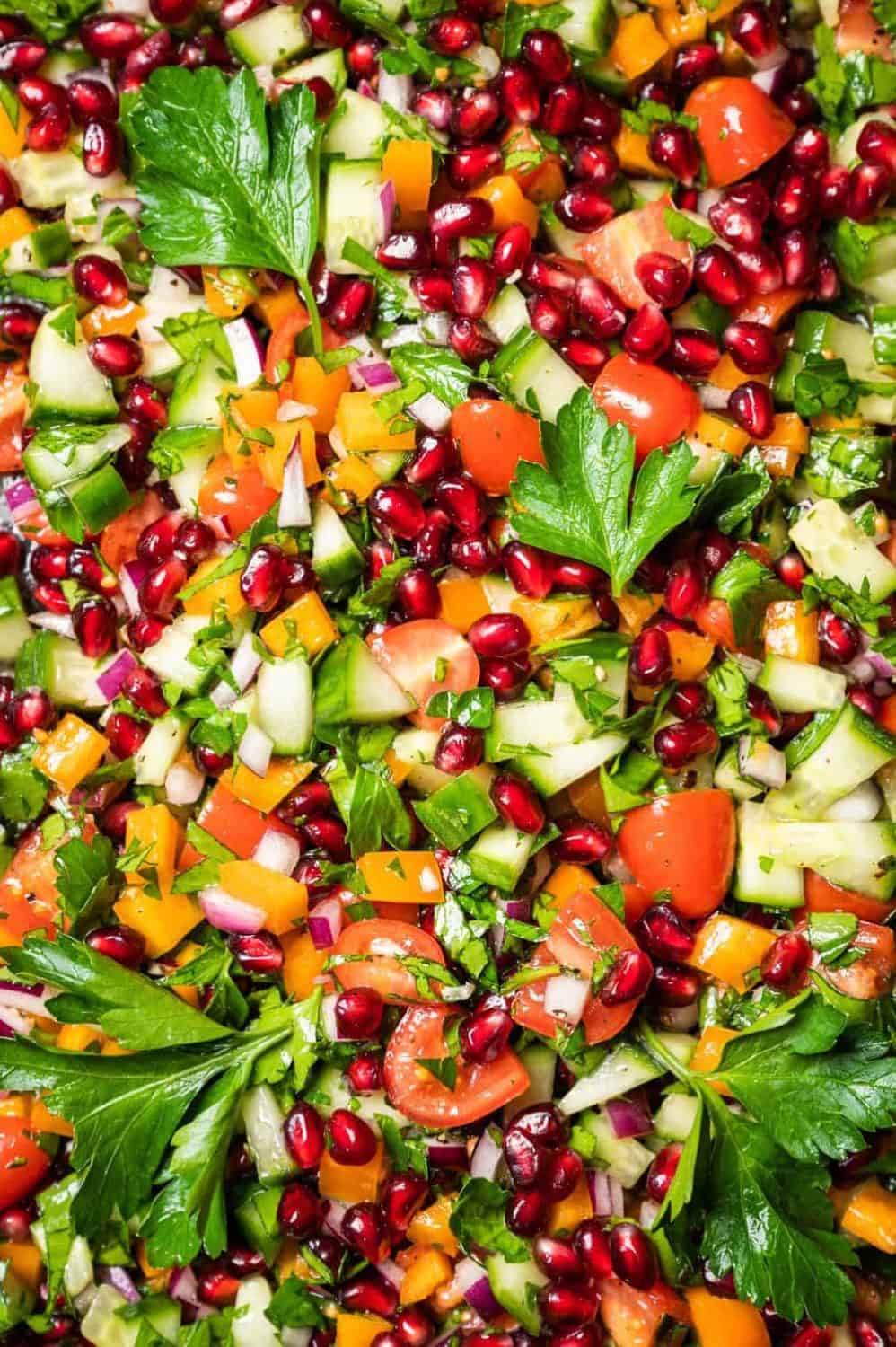
Peaches (Clingstone* & Freestone)
Justin Beiber and Lynyrd Skynyrd might wax poetic about Georgia peaches – but California actually grows more peaches than any other state. California farmers grow virtually all of the Nation’s California Cling peaches – and leads the nation in Freestone (fresh) peaches, too.



Peppers (Chili Peppers & Bell Peppers)
The Scoville scale is used to rank how spicy a pepper is. Bell peppers come in at a zero on the Scoville scale, meaning they are not at all spicy. Jalapenos on the other hand, though often considered a “spicy food”, fall somewhere in the middle of the scale. Looking to live on the edge? Try a habanero pepper. They’re up to 100x spicier than jalapenos!

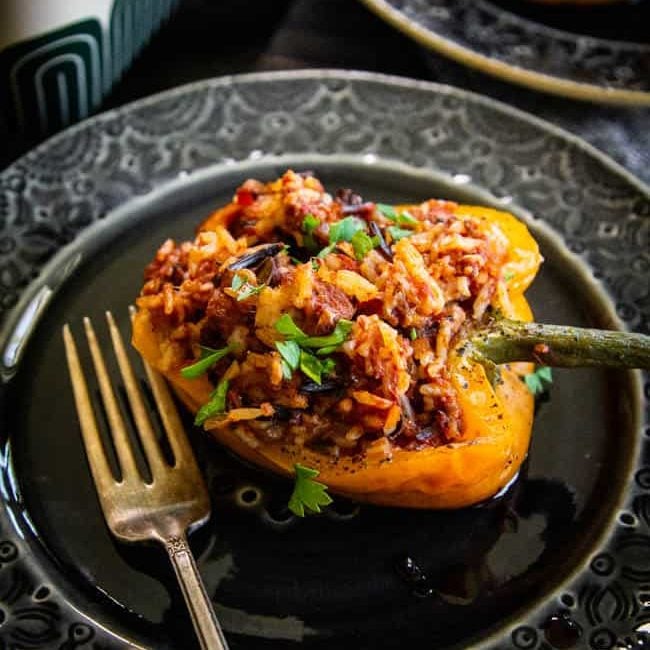

Persimmons
Persimmon season is short but oh-so-sweet. You’ll find persimmons in stores from October through December, which means you’ll only have a limited time to get your fill of this fabulous fruit. So many recipes, so little time!
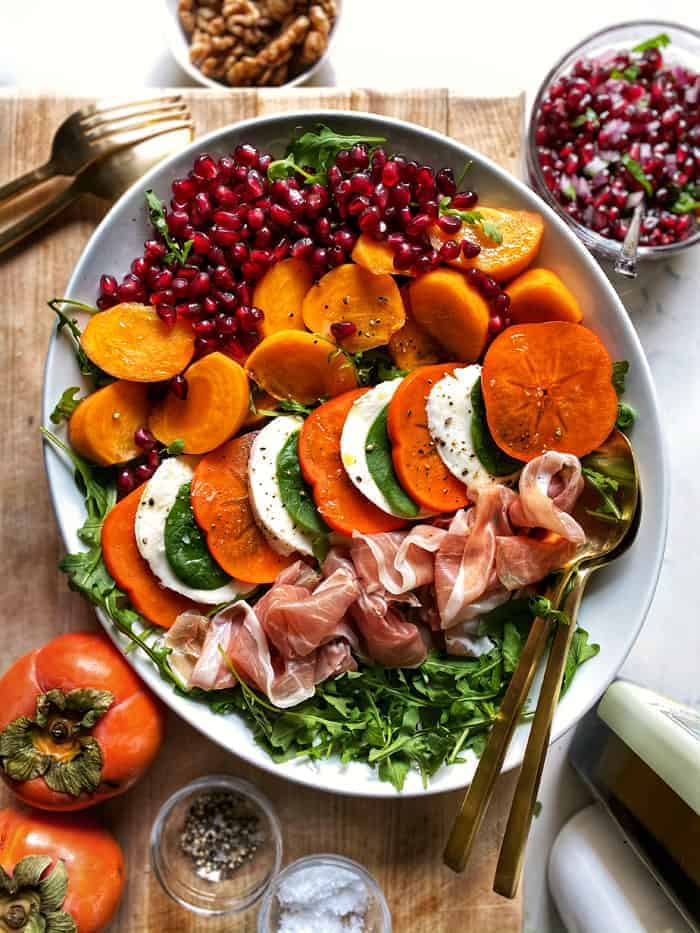


Pistachios*
Pistachios weren’t commercially cultivated in the United States until the 1960s, but when they hit the scene, they made quite an impression. Today, California farmers are responsible for 99% of the Nation’s pistachios!

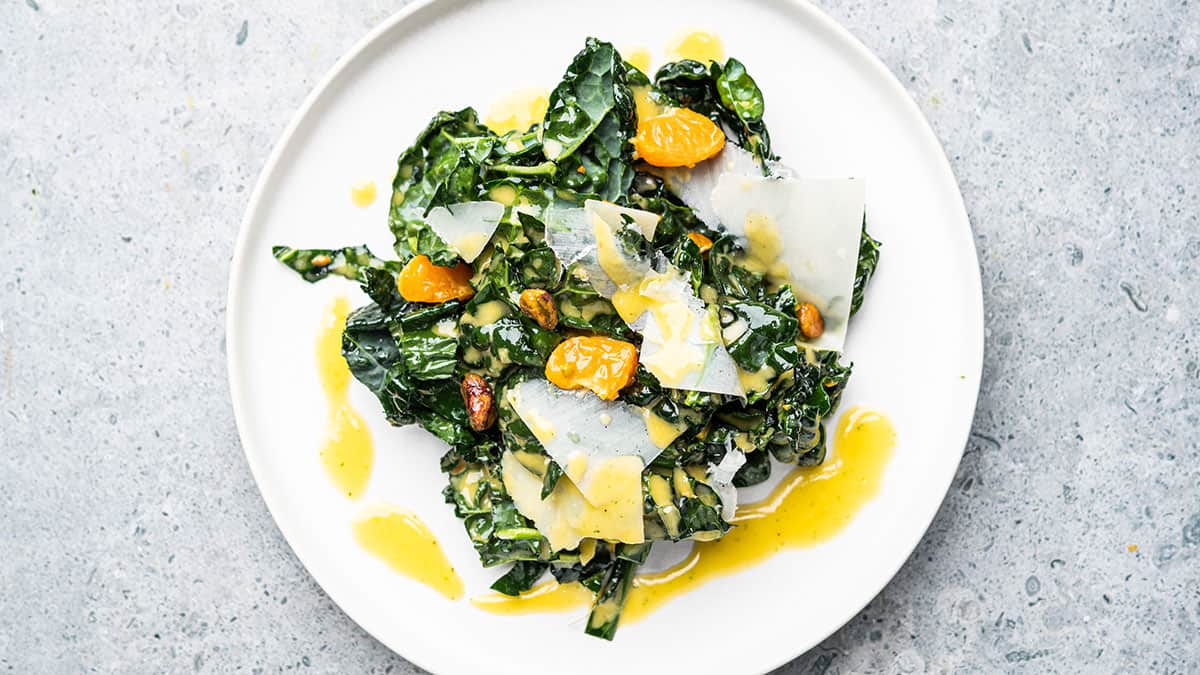

Plums* & Pluots
Fresh plums grow throughout the state, but the majority of these juicy fruits hail from California’s San Joaquin Valley. California plums are in season throughout summer and fall. Use them to make pies, cakes and even sangria!



Pomegranates*
Fresh pomegranates typically make their debut towards the end of September and stay on shelves through early January. These gorgeous fruits have a tough exterior, but don’t let that intimidate you – and removing the arils is easier than you think and well worth the effort!

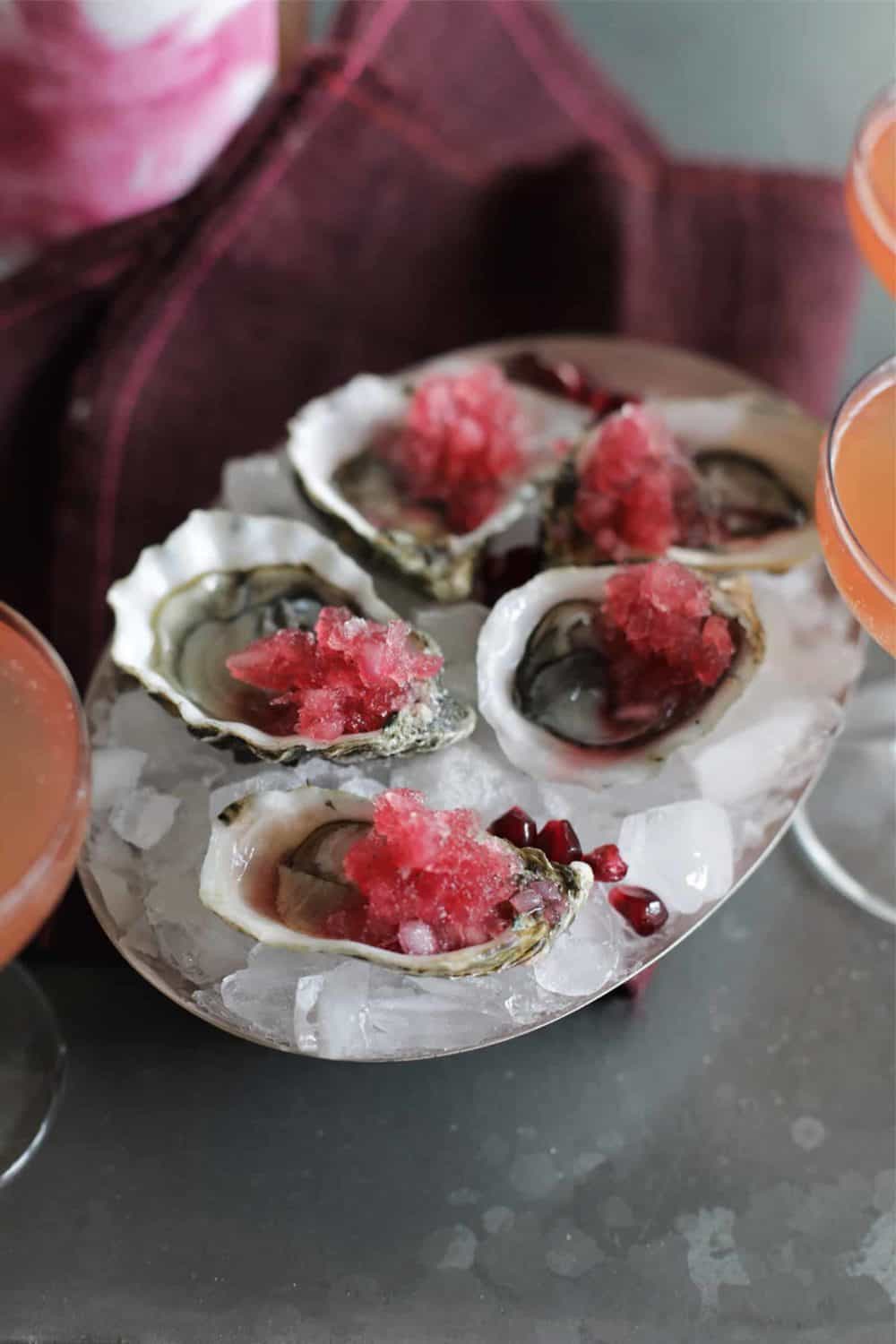
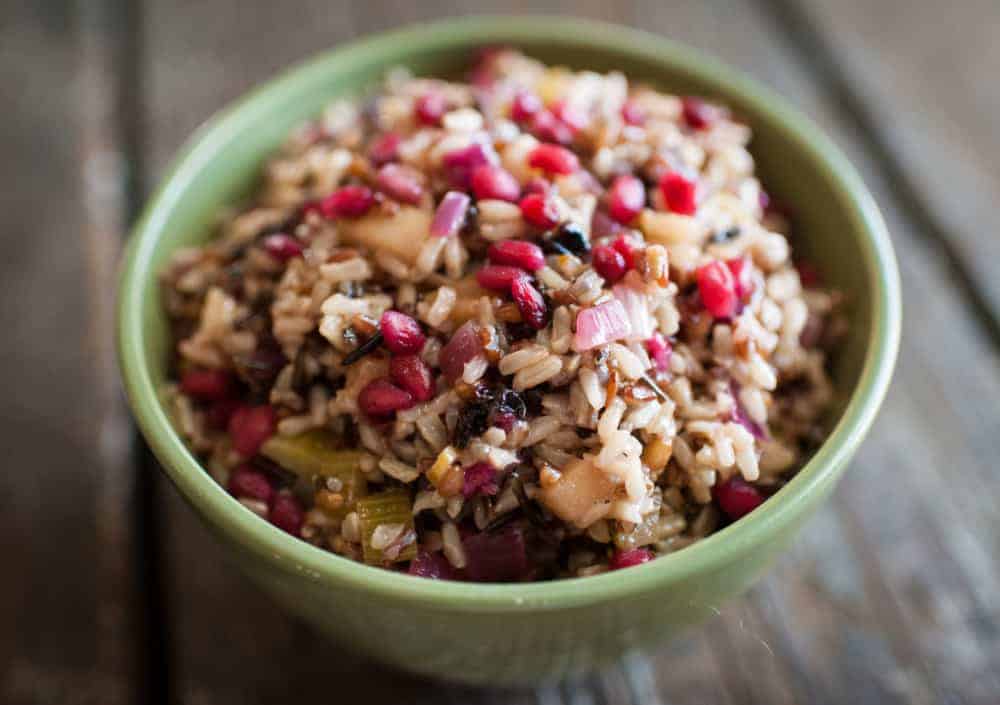
Prunes*
Not all plums are prunes, but all prunes are plums. Make sense? Prunes are simply dried plums, but only one particular type of plum – the Petit d’Agen – is used to produce California prunes.

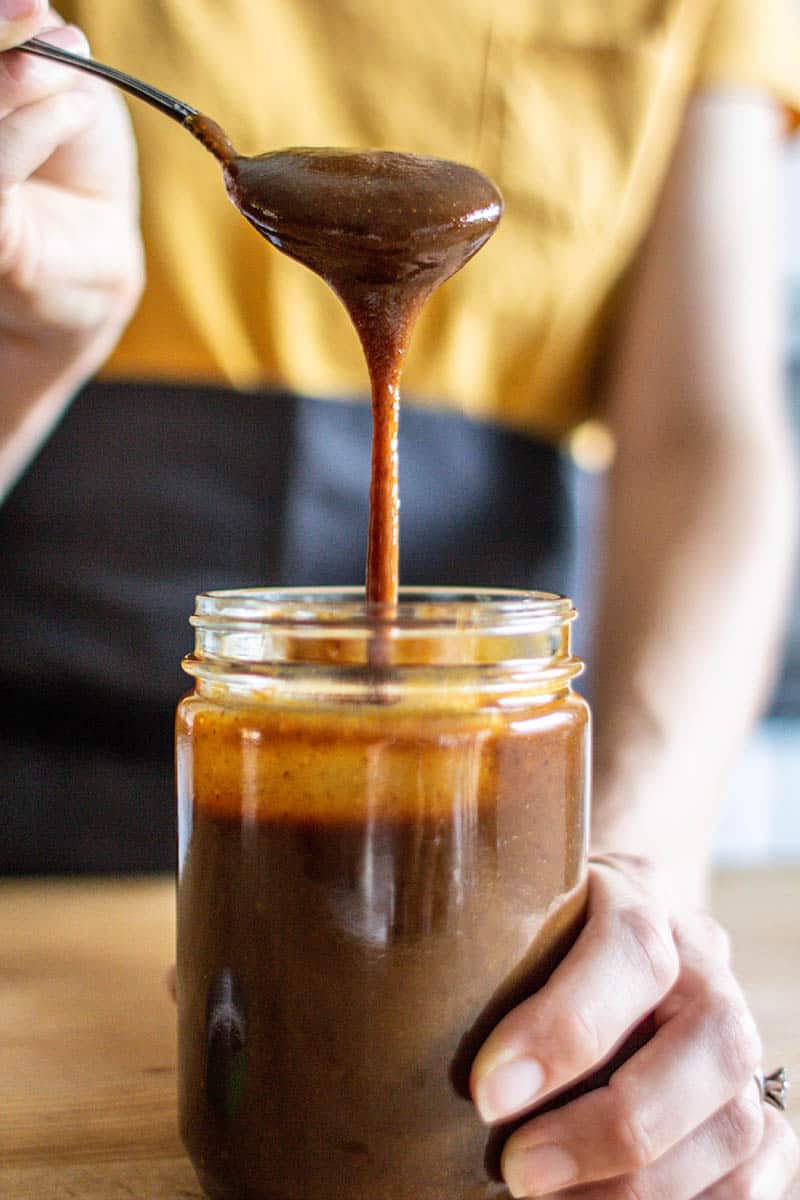

Raisins*
Central California farmers grow 100% of the Nation’s raisins! Whether they’re dried on the vine or the traditional Thomspon variety, California raisins are the perfect on-the-go snack. Raisins also add a subtle touch of sweetness to baked goods…and to butter boards!



Raspberries
California leads the Nation in raspberry production. Unlike many other fruits, raspberries do not continue to ripen after being picked – so enjoy them as soon as possible after harvest. Honestly, most produce is best when fresh – yet another reason to support local farmers and Farmer’s Markets.



Rice, Sweet*
Sweet rice grows exclusively in California and is sometimes called sticky rice or glutinous rice. It is a medium-grain rice with a slightly sweeter taste and a stickier texture. This makes it perfect for sushi rolls and dessert recipes! Sweet rice flour, which is made of finely ground sweet rice, is a gluten-free alternative to wheat flour.
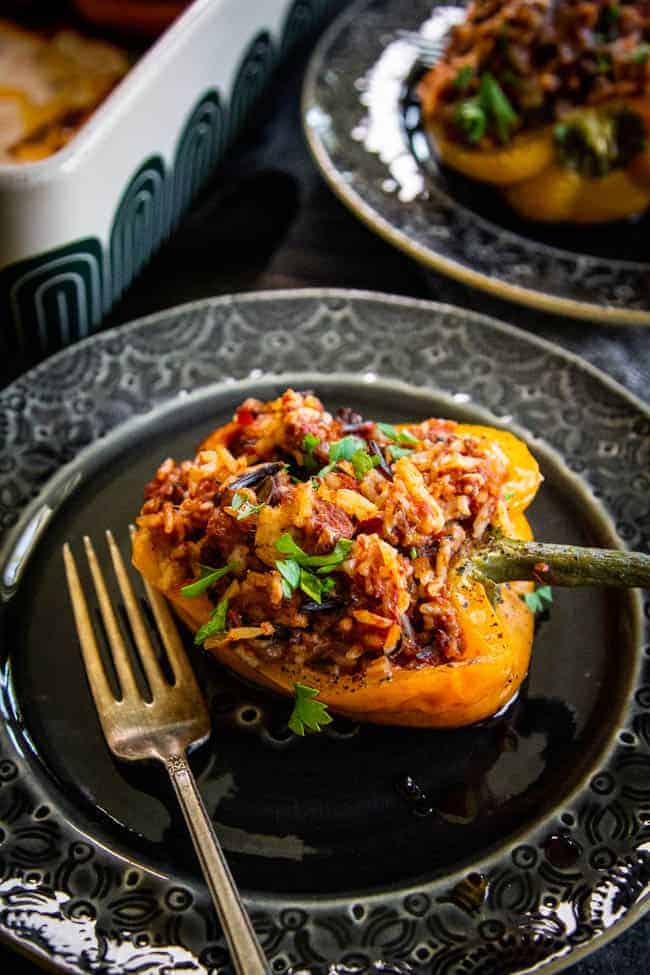


Strawberries
Most of us think of strawberries as a summer fruit. While peak season is April through August, strawberries grow year-round throughout different regions of the state. In winter, strawberries ship from Southern California, then as spring temperatures grow warm, production moves north.



Tomatoes (Canned, Jarred + Tomato Products)
Did you know tomatoes are always in season in California? During the height of the season, California tomato growers produce 2,000,000,000 pounds of tomatoes per week! Put a few of those to use in these delicious recipes:
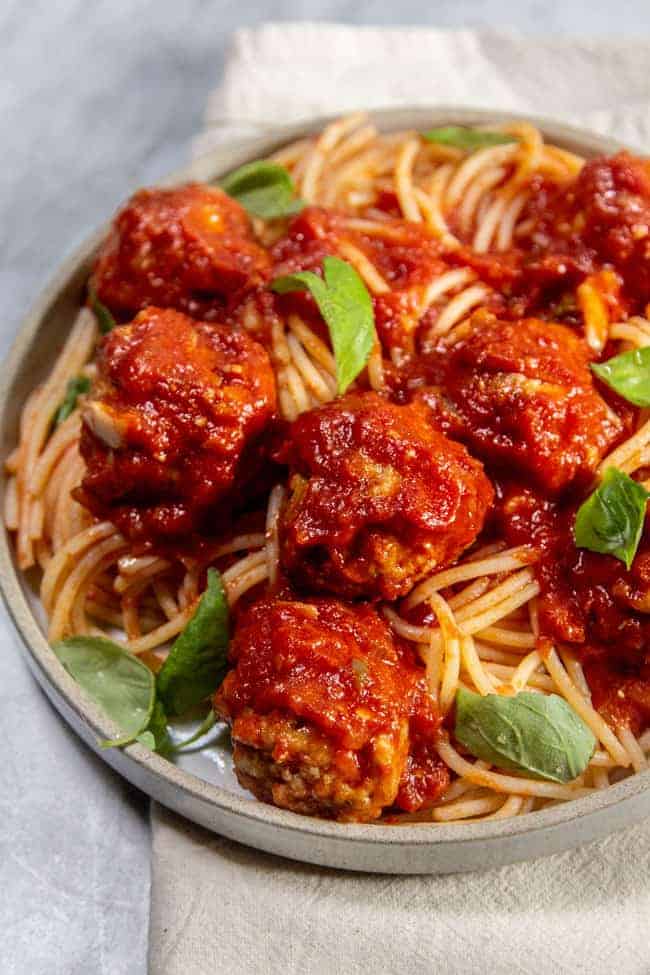
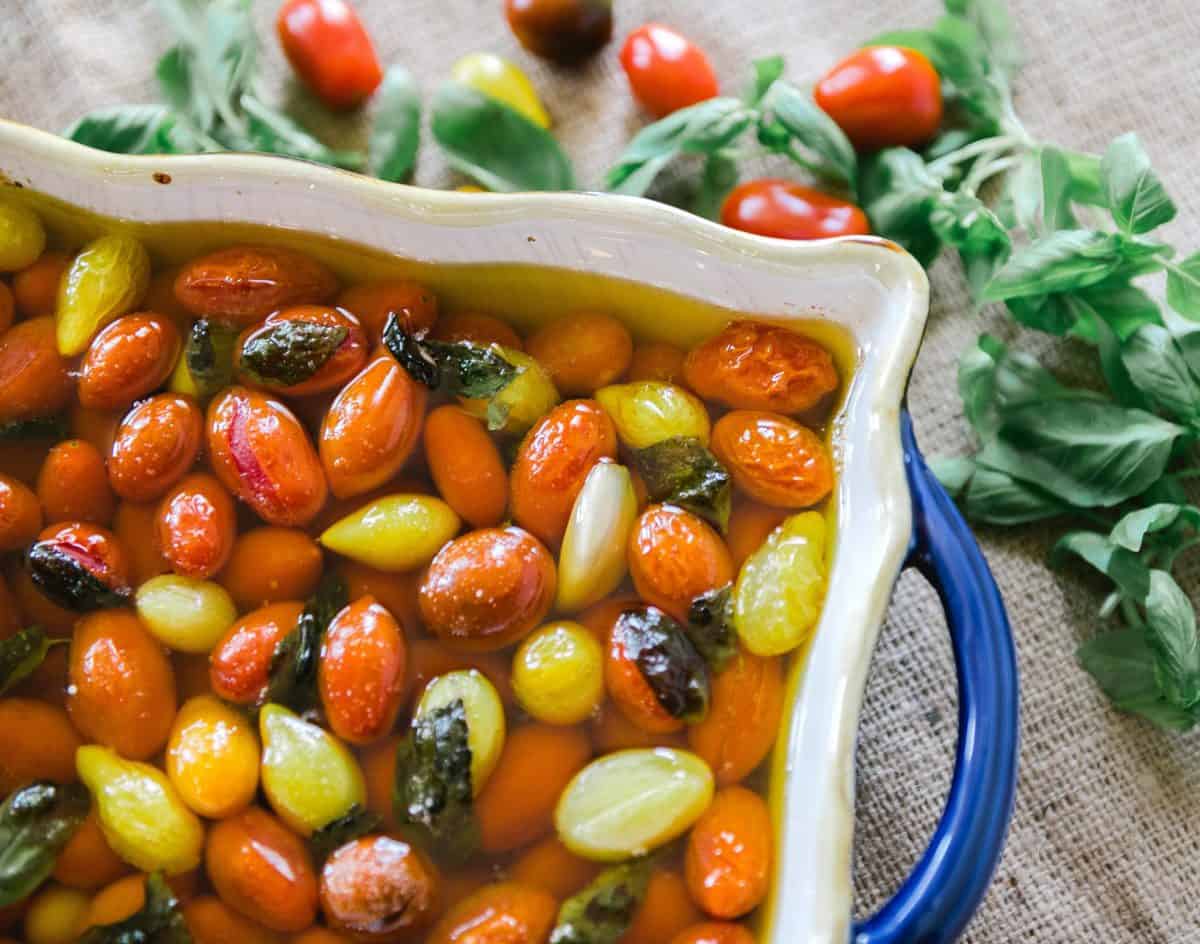

Vegetables, Greenhouse Vegetables
Some things are a balance of art and science – like greenhouse vegetables. Greenhouses provides a controlled environment that helps to maximize yield and minimize problems on crops such as leafy greens, tomatoes and peppers.
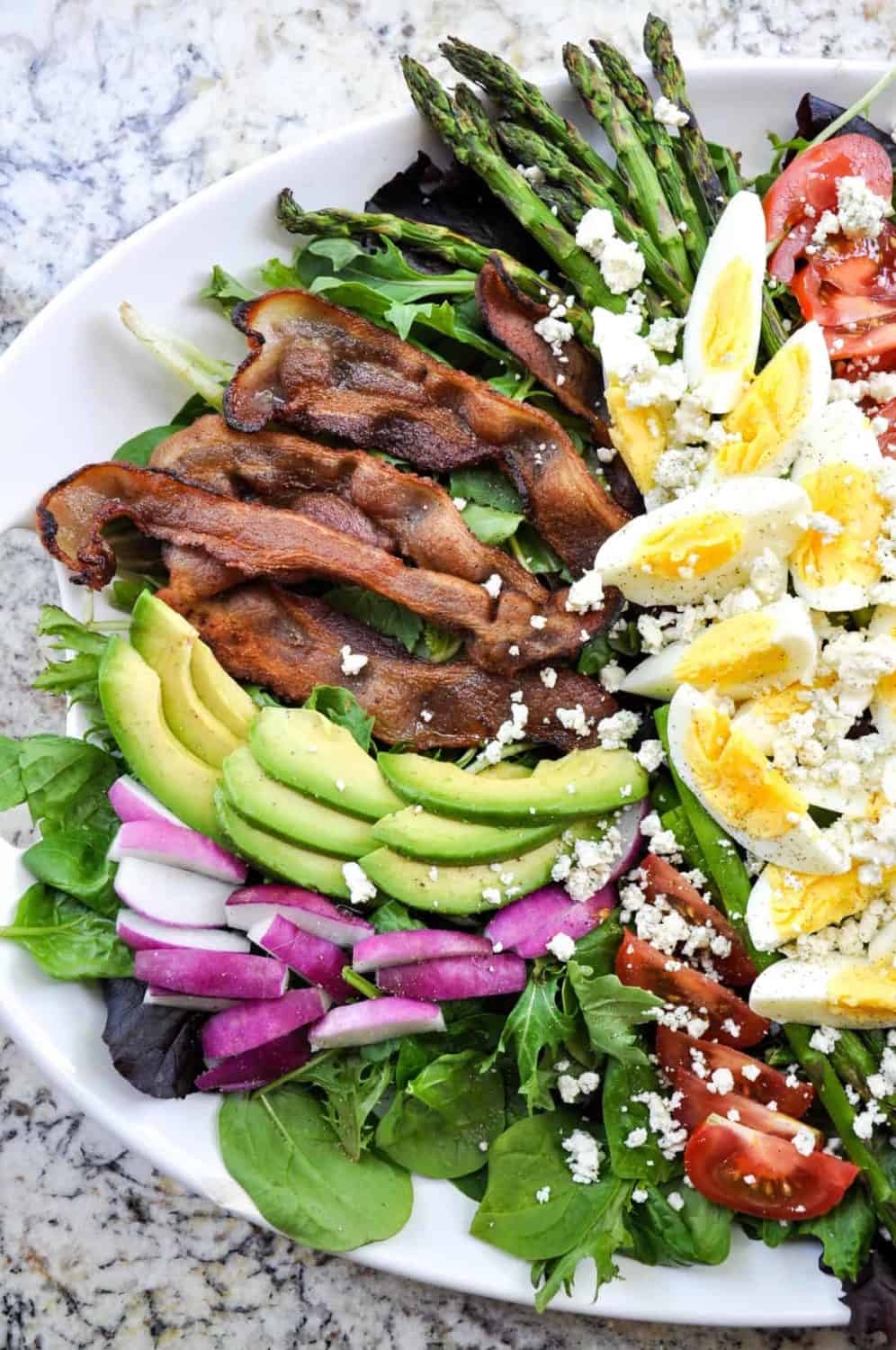

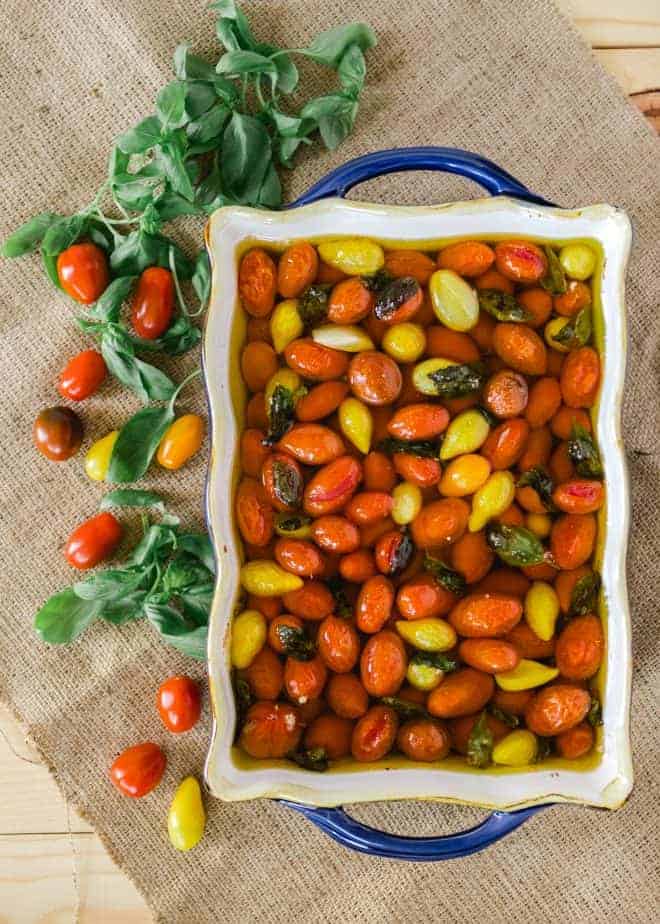
Vegetables, Oriental
Oriental vegetables are so diverse that they’re counted as their own category. It is no surprise that California leads the nation in the production of oriental vegetables like mung bean sprouts, bok choy and Chinese cabbage.
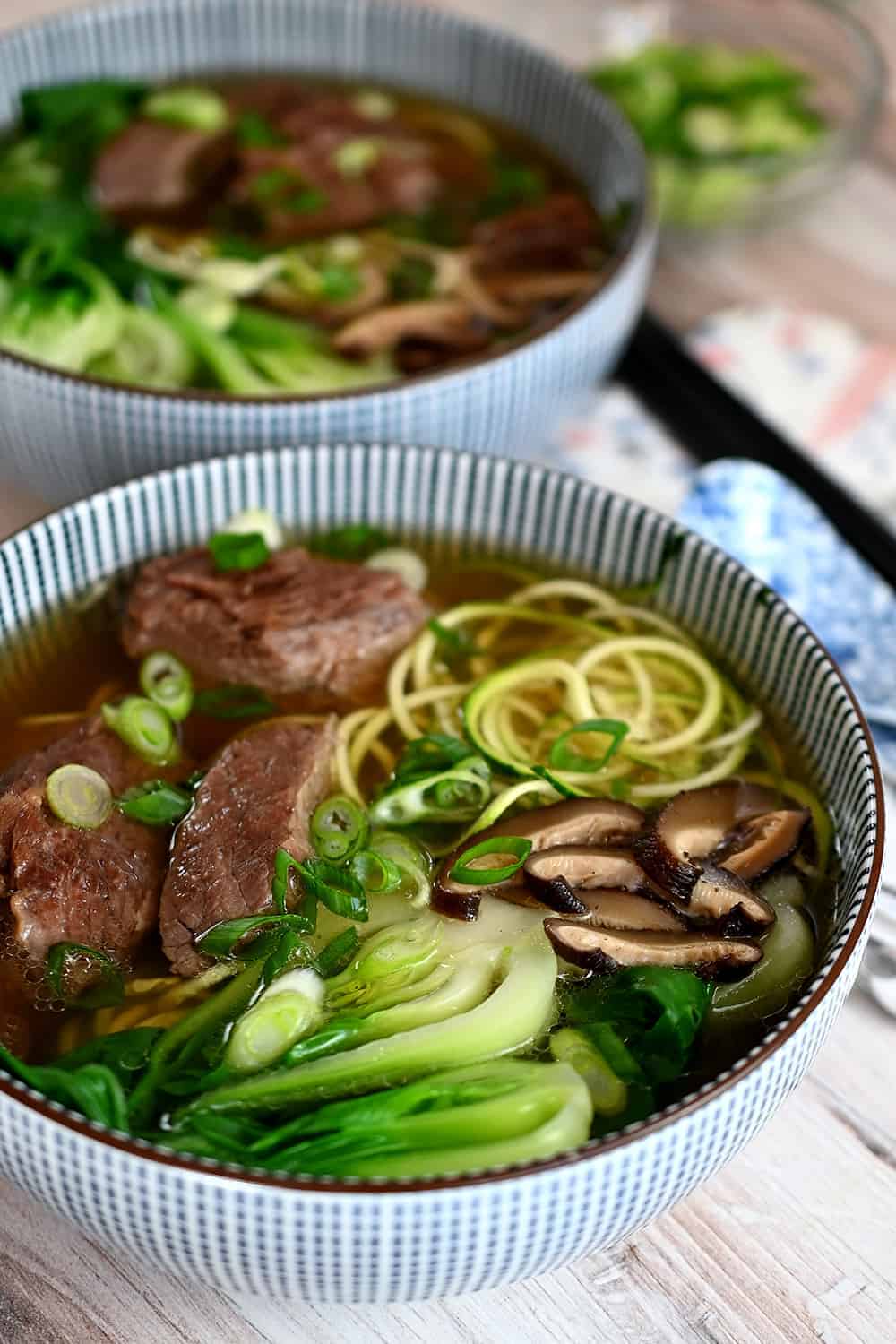
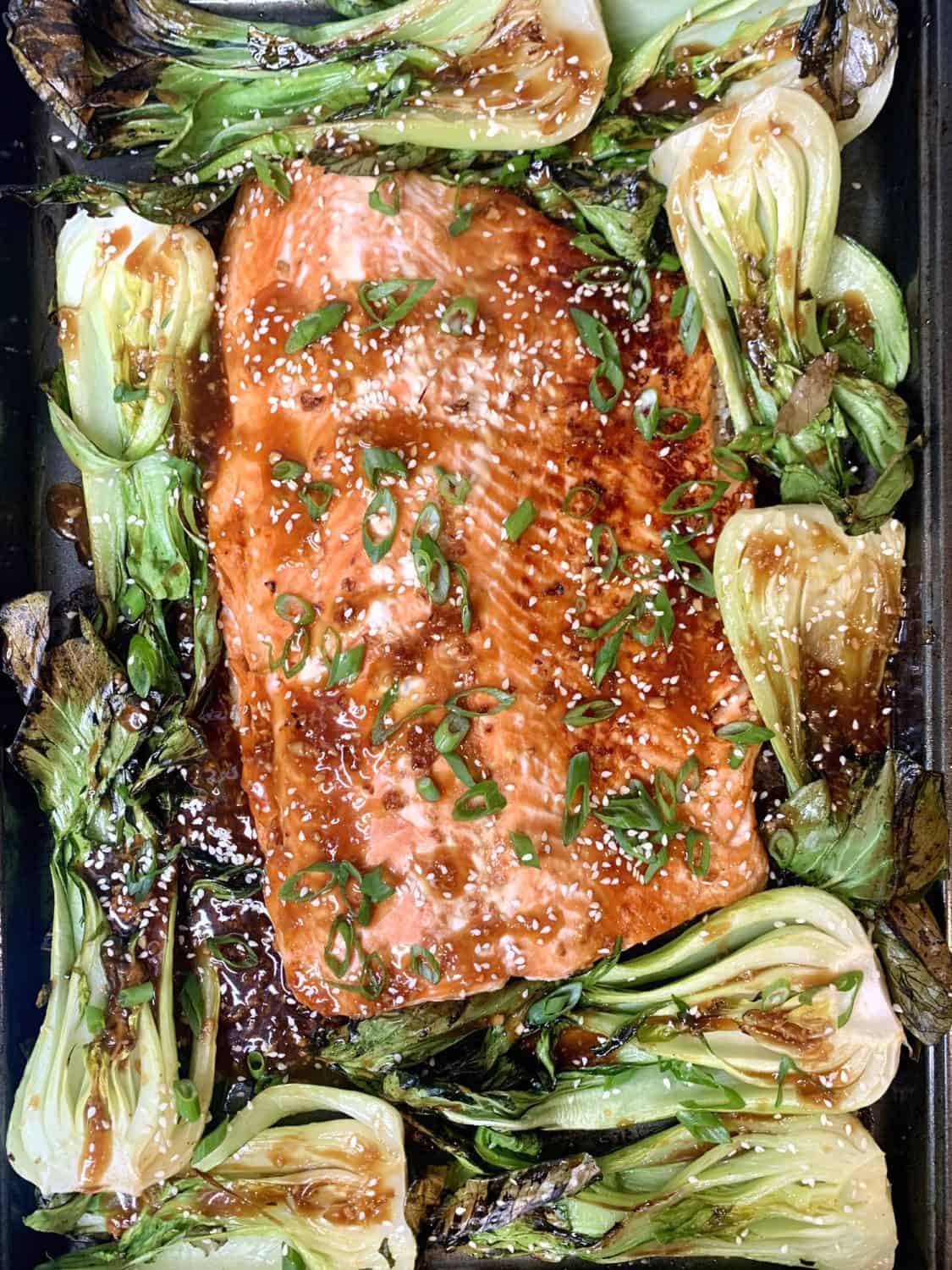
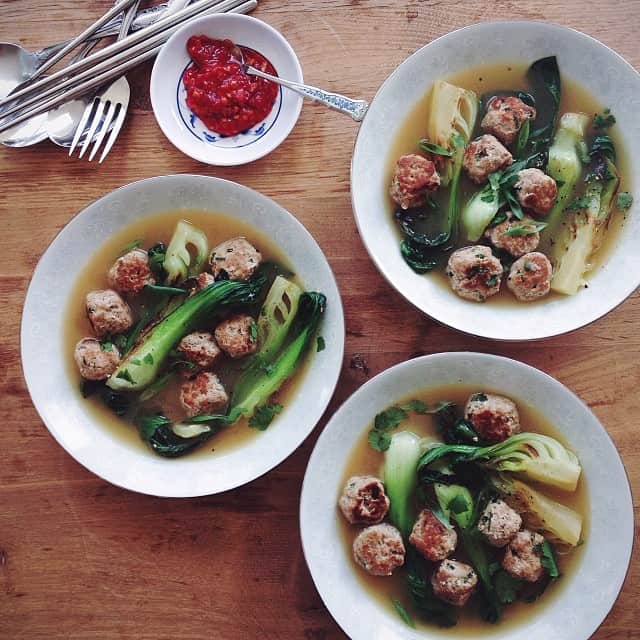
Walnuts*
What’s in a name? Well, in the case of California walnuts, it’s all semantics. Originally known as “Persian walnuts” the Persian variety eventually became know as “English Walnuts” when the trees were brought to Britain by the Romans. English walnuts were brought to California by Franciscan monks in the 1770s – but today, they’re known as “California Walnuts”. Whatever you choose to call them, they’re incredibly healthy and delicious.

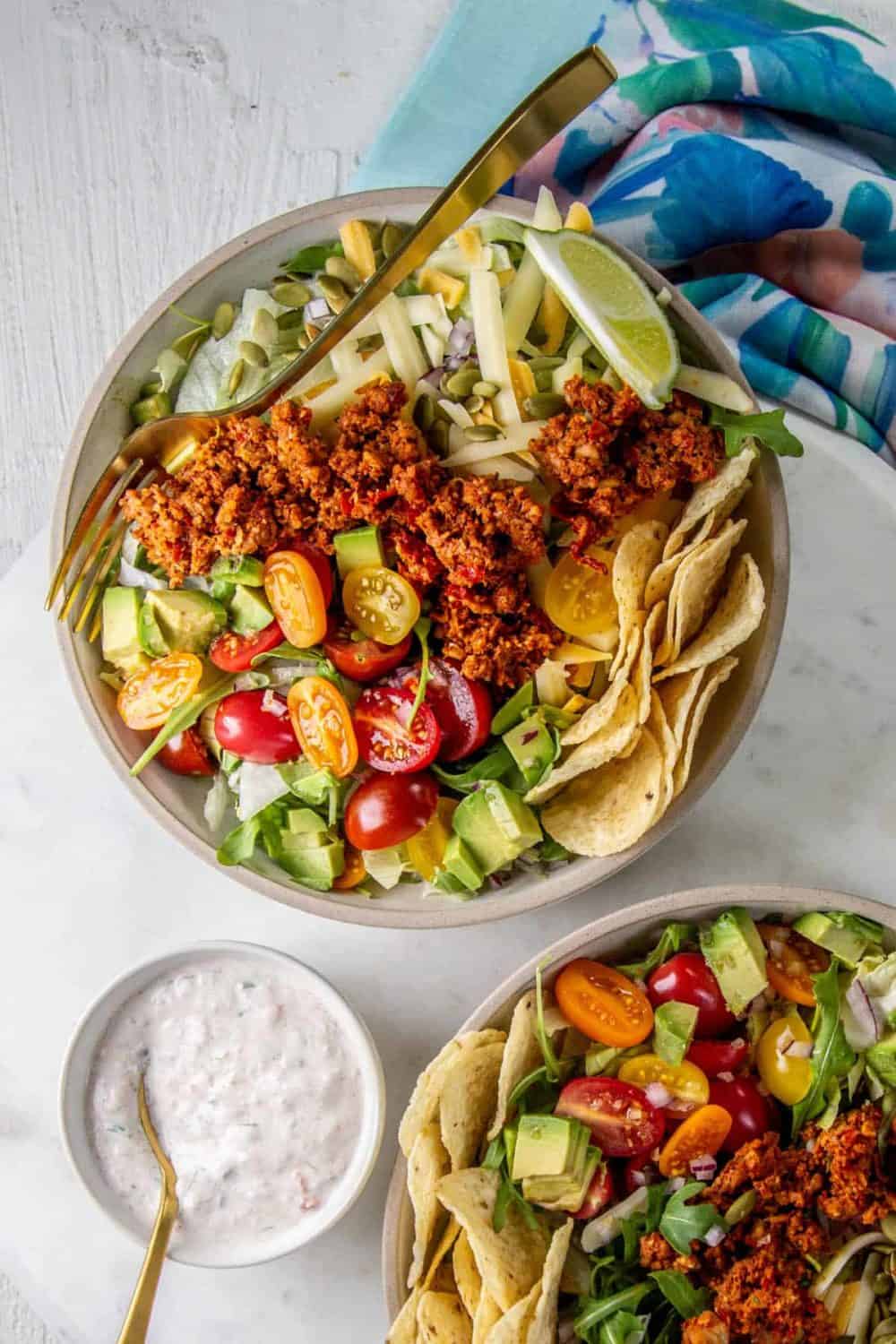

Watercress
Have you ever tried watercress? This bright, fresh green is similar to baby spinach, with a light peppery kick. We’re sharing a few of our favorite ways to enjoy watercress. If you’re a newbie to watercress, we think you’ll be pleasantly surprised.
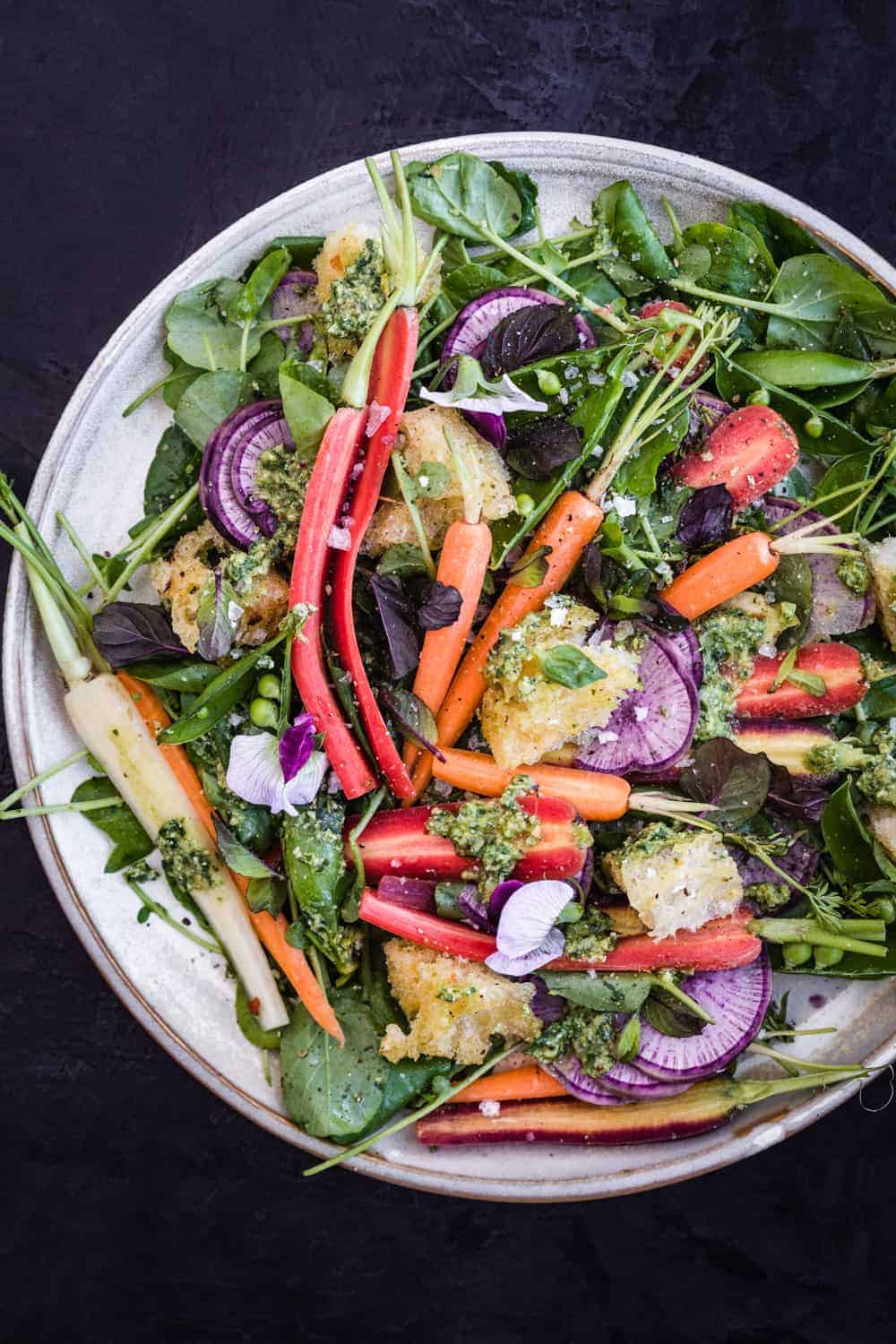
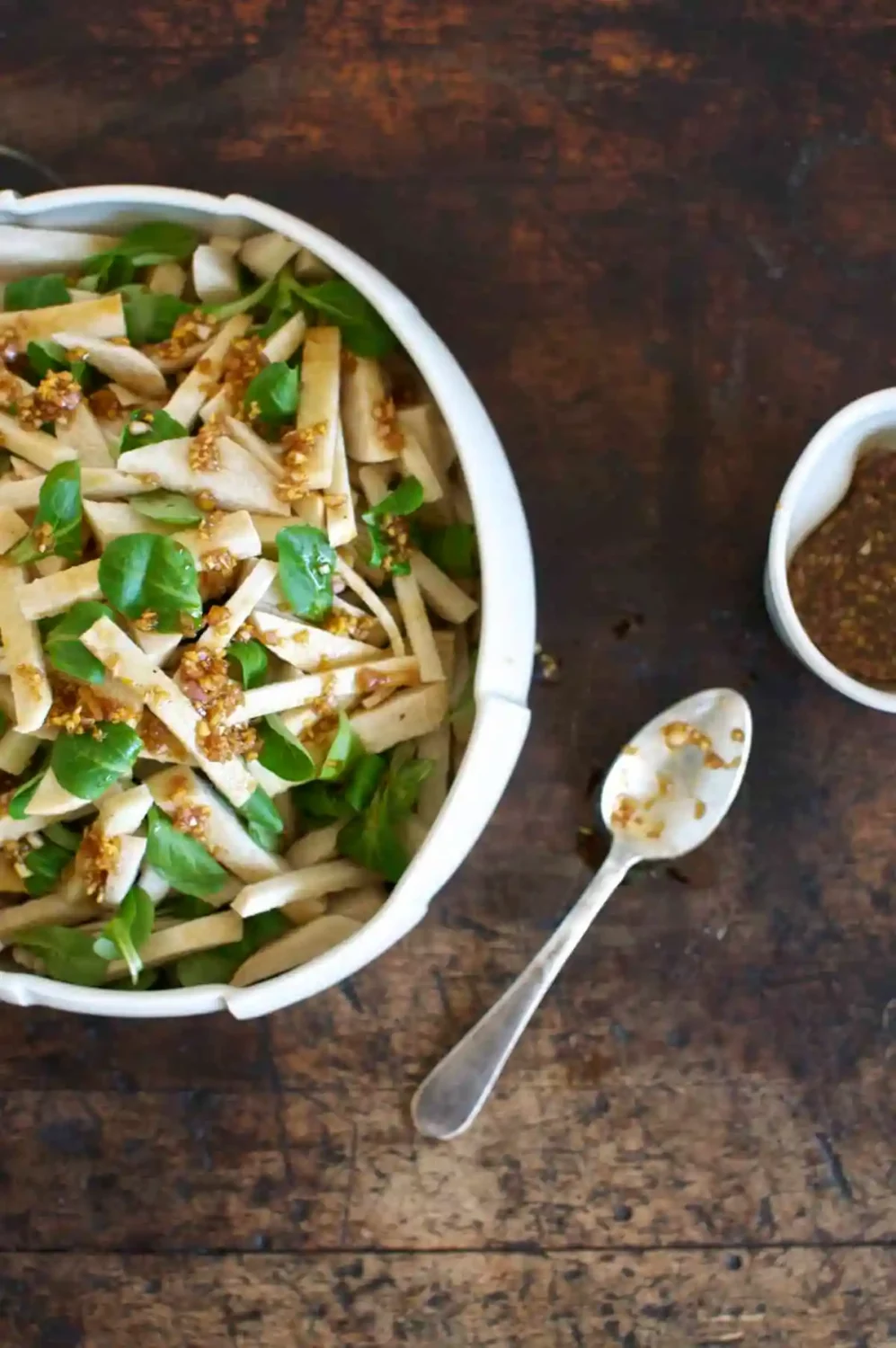

Wine
Did you know that over 80% of all US wines are from California? Our diverse wine regions genuinely offer something for everyone. From exciting experiences to an array of varietals, there’s always something new to discover.



Fun fact: California also leads the nation in production of Bermuda grass seed, alfalfa seed, Ladino clover seed, vegetable and flower seed, American Pima cotton, safflower, hay (alfalfa), jojoba, nursery bedding plants, pigeons and squabs & triticale!
Want more cool facts about California agriculture? We thought so…
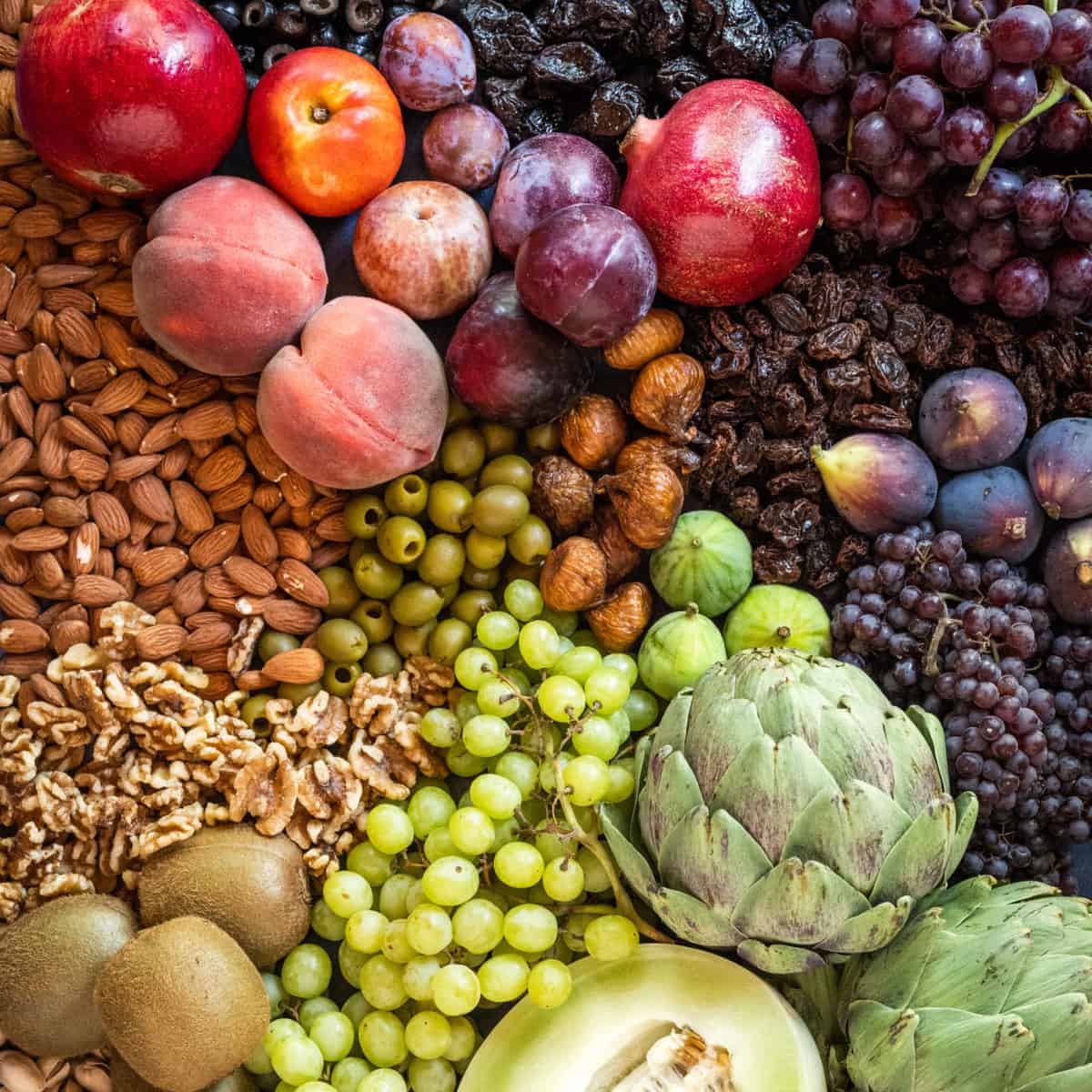
Only in California
These crops aren’t just California grown…they’re grown ONLY in California.
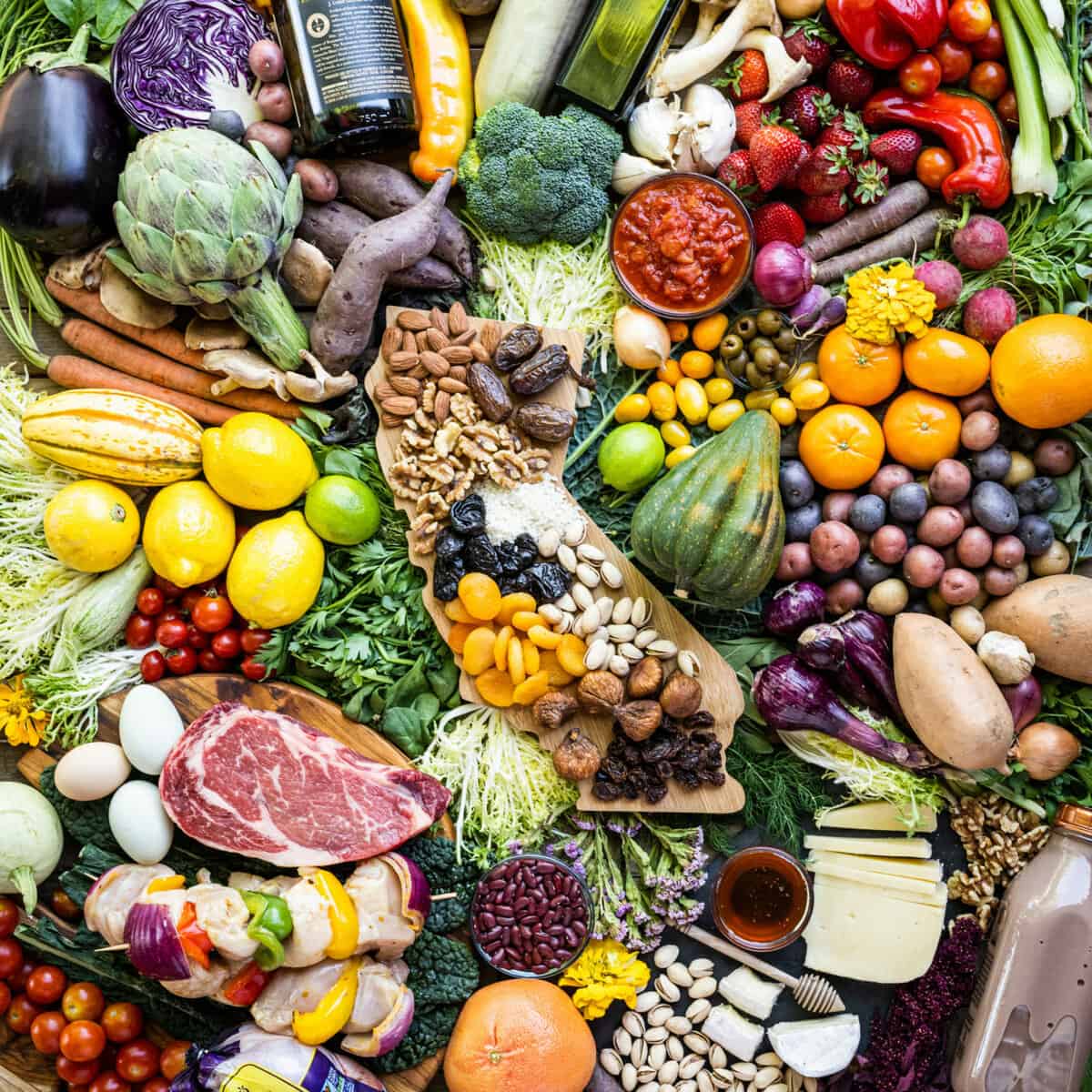
Always in Season
These California commodities are always in season, and never go out of style.

Farm to Table
Have you ever wondered how your favorite fruits, veggies and nuts get from farm to table?
Article by Hilary Rance. Photography by James Collier + CA Grown Creators

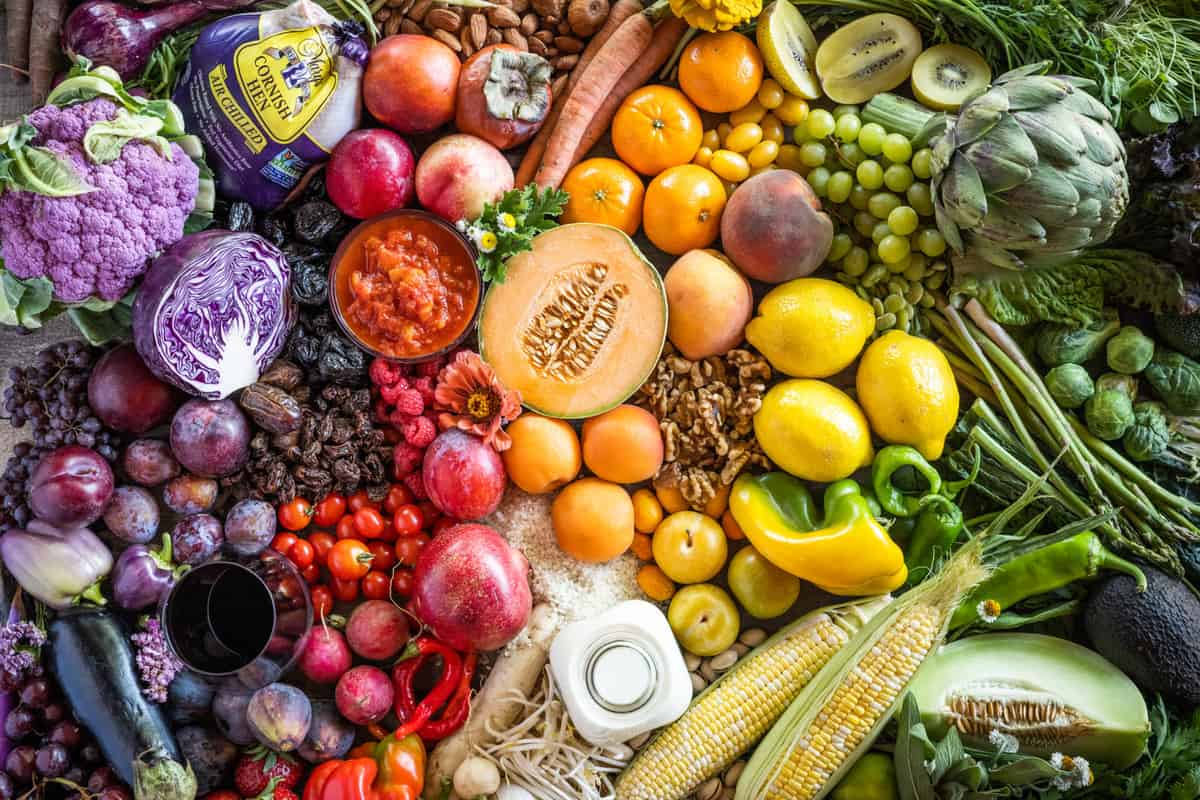
Very interesting and educational presentation of California fruits and vegetables but seem to miss important items that would complement the picture namely: garlic, tomatoes, onions and potatoes
Glad you liked the article, all of the crops you mentioned that you wished were listed are included in the article already.